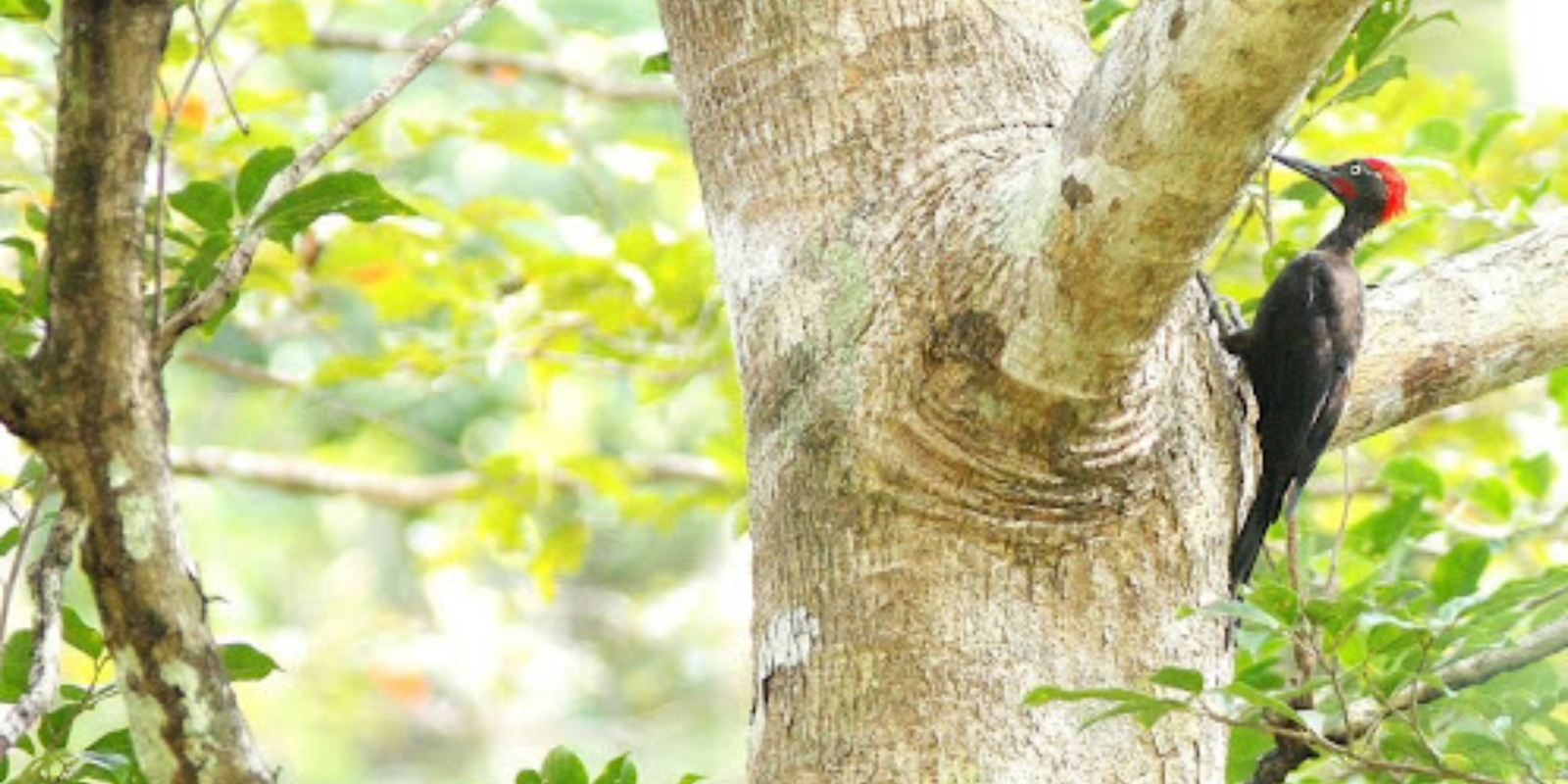South India 30-Feb 13 2011
By: John van der Dol, Sandwich Bird Tours
Participants
Mike Brimson, Graham Crick, Phyllis Donaldson, Jim Law, Robert Rackcliffe, Sheila Seed, Jean Thomas, Peter van der Veken, Morten Vennaas, John van der Dol, Eldhose (guide) and Benny (Asian Adventures representative)
We left the observatory at about 8 am and met up with some of the others at Heathrow for our flight to Bangalore via Dubai on Emirates. Phyllis had flown in from California the day before and our old friend Morten flew in from Norway. Once assembled we checked in and waited for our departure time.
Jan 30th
The flight was uneventful and we arrived in India roughly on time. We were met by Benny, our representative from Asian Adventures, our driver, and Eldhose who was going to be our guide for the two weeks.
We immediately set off for our long drive to Mysore making a couple of stops on the way. At a large rocky outcrop, we managed to find two adult and one chick Indian Vultures and a pair of beautiful Shaheen Peregrines.
We stopped for a traditional South Indian lunch served on banana leaves in a grubby roadside cafe and I was convinced that the stomach problems were going to start here within hours of our arrival. In the event, all was well.
We continued on to Mysore and stopped at the Ransanathittu Bird Sanctuary where we boarded a rowing boat and were immediately surrounded by Painted and Open-billed Storks, Spot-billed Pelicans, Purple, and Night Herons. Many Egrets too and all were breeding and therefore in their stunning breeding dress. Spoonbills, Greater Thick-knees were present too and we were able to approach a River Tern, one of six, to within just a few yards.
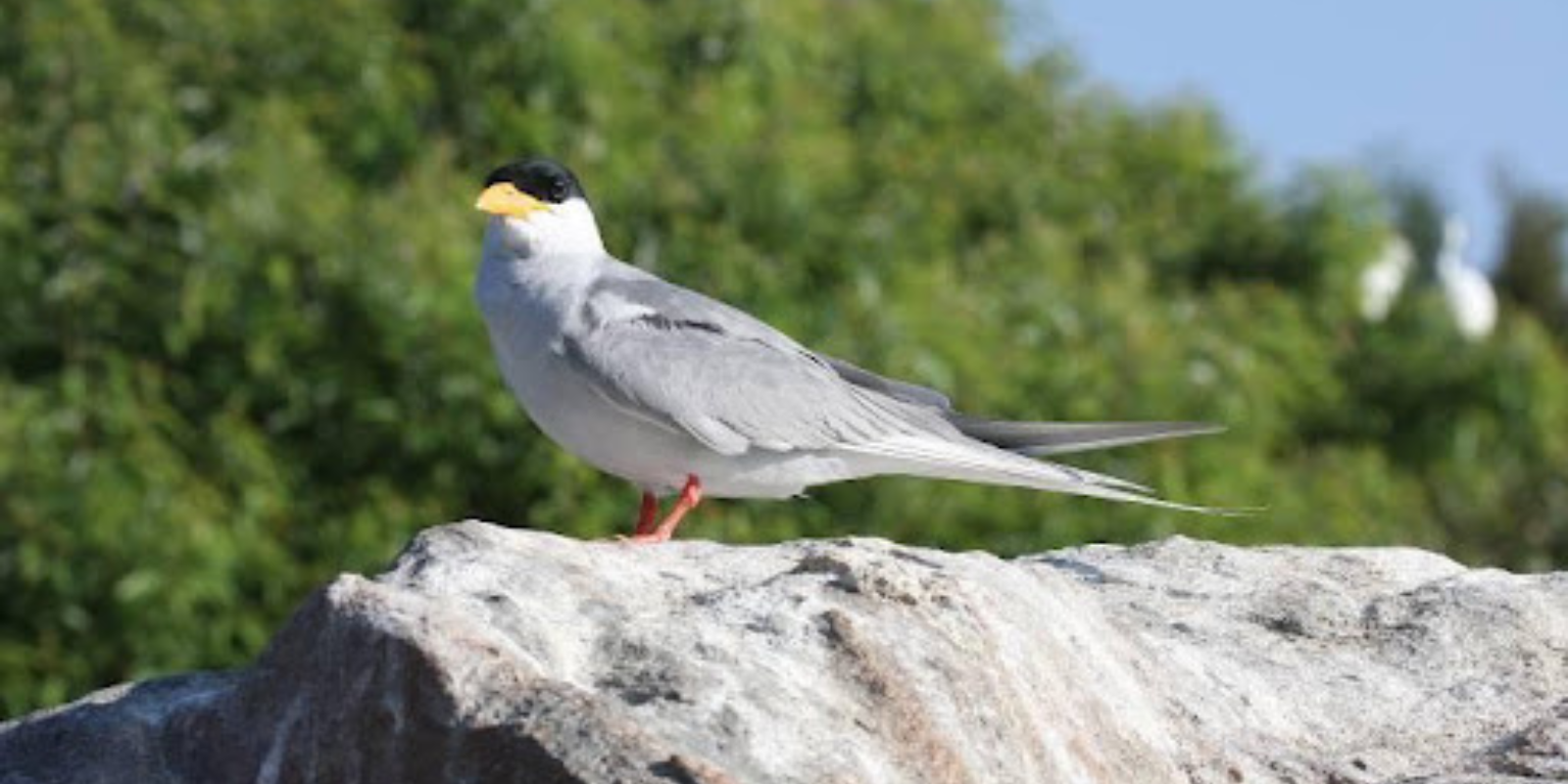
Marsh muggers were on show too allowing some really close photographic opportunities. The whole thing was a great experience.
We continued with one more brief stop for some Indian Grey Hornbills before arriving at our Hotel Green in the city. A very pleasant hotel with great food and well-manicured gardens that held quite a few birds.
Jan 31st
A fairly late start enabled a good night's rest after all the traveling yesterday. We set off after breakfast for Canal Road just outside Mysore and despite getting lost in the city and the temperature rising rapidly we had a terrific morning. We had amazing views of two adults and three fully grown young Indian Eagle Owls down to just a few meters and also a Shikra.
We were here really for larks and managed to find plenty of Indian and Jerdon's Bushlarks, a flyover of the much rarer Singing Bushlark, and quite a few Ashy-crowned Finchlarks. Booted Warbler and Blyth's Pipits were also found while a Grey-necked Bunting did its best to hide in the middle of the bush but failed to escape our eagle eyes. Some dark phase Tawny Eagles flew over before we discovered yet another and our fifth Indian Eagle Owl. A Brown Fish Owl was found nearby and he also tried unsuccessfully to hide in the middle of a bush.
A small pool by the side of the road on the way back to the hotel produced a Glossy Ibis, some Purple Swamphens, and Bronze-winged Jacanas. What an absolutely amazing morning that was, and what a start to a holiday.
After lunch, we visited a local park where we were able to have a decent walk which was welcome after many hours on the plane and bus. Many water birds were present and Spot-billed Ducks were added to the list. Black Ibis too and Blue-tailed and Green Bee-eaters added color to the occasion. We returned to the hotel at dusk and after doing the list and a lovely dinner we again retired early in anticipation of another good day tomorrow.
Feb 1st
We left the Green Hotel after breakfast and set off toward Kabini. A couple of stops at lakes along the road produced the usual water species but new ones included Pheasant-tailed Jacanas, Common Snipe, Indian Reed Warblers, and another Tawny Eagle was noted. A stop in a drier area was more productive for larks and Oriental Skylark, Red-tailed and Malabar Larks were added to the list. Alpine, Little, and Crested Tree Swifts were noted too as were Indian Swiftlets.
We arrived at Kabini Lodge at about 11.30 am and what a fantastic lodge this turned out to be. We had lunch and set off on a safari at about 4 pm. Big cats were the target but here they are not as easy as in Central India and none were seen apart from the ubiquitous Spotted Deer only six Wild Boars were recorded. However, we did have great views of a Blue-faced Malkoha, a White-bellied Woodpecker, and a Tickell's Blue Flycatcher.
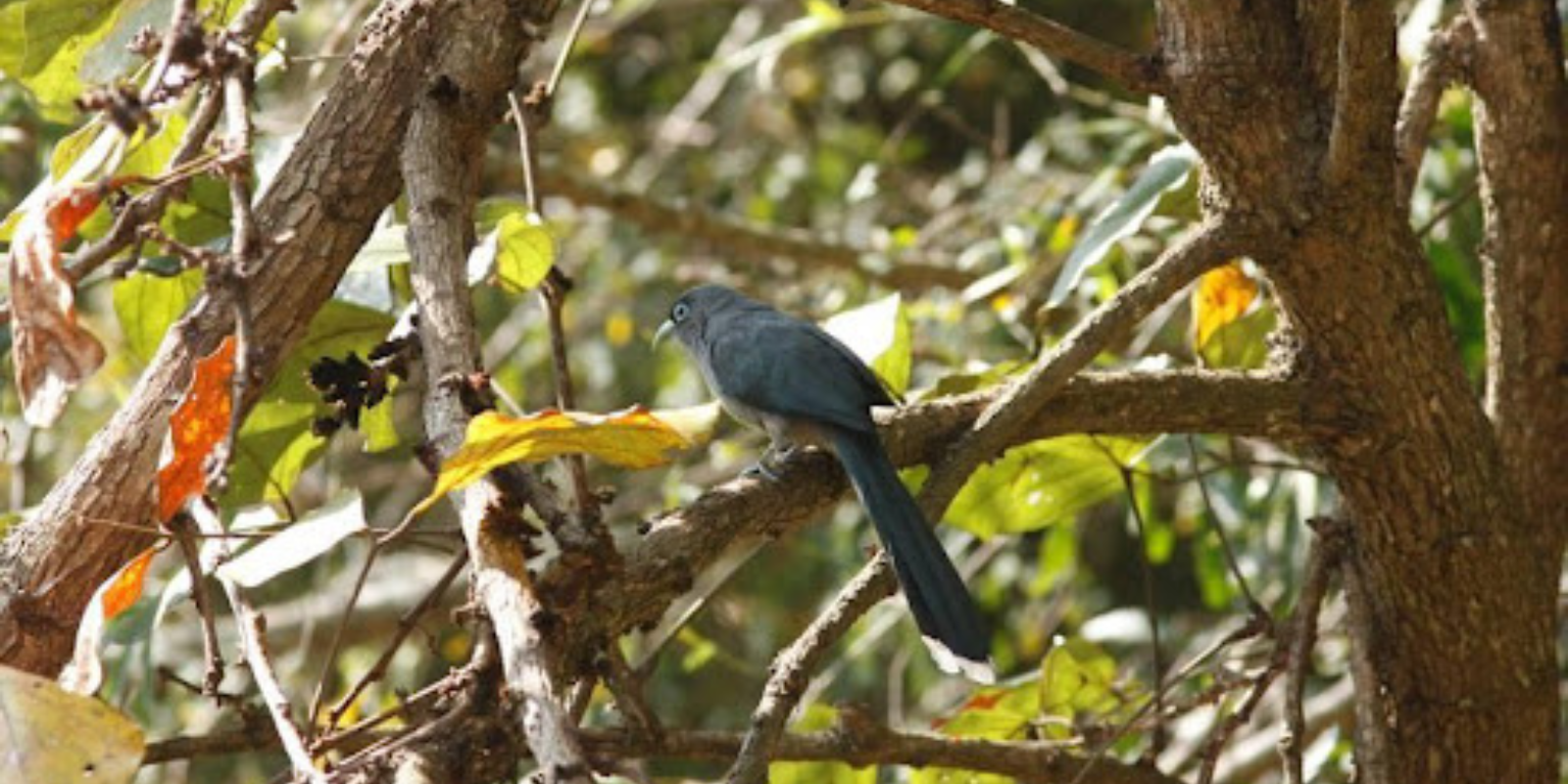
The lodge garden was very productive too with a beautiful white adult Asian Paradise Flycatcher round the chalets accompanied by Forest Wagtail, Blyth's Reed, and Large-billed Warblers. A great meal and yet another early night.
Feb 2nd
We were awoken with coffee and biscuits brought to our chalets at 6 am before getting ready for another safari. This time 5 Elephants, 5 Sambar, and a Malabar Giant Squirrel were seen. The usual birds were noted but including about 15 Grey Junglefowl.
After breakfast, we went for a walk around the camp and found a few goodies like Large Cuckoo shrikes, Black-winged Kite, Brown Flycatcher, and a Booted Warbler. A bit of time was spent photographing Bee-eaters.
The afternoon was spent on a boat safari but apart from a herd of Elephants, not a lot was seen. However it was very pleasant and some close approaches to darters, osprey, and cormorants were possible.
Feb 3rd
Our final safari in Kabini started off with a Gaur in a waterhole after which the birds were much the same as all the other rides. However, we did have excellent views of a couple of Stripe-necked Mongoose which were rather nice. Right at the last moment, our vehicle disturbed a Leopard which shot across the forest floor and across the road never to be seen again. Good but very brief views. Whilst waiting for it to reappear we did see quite a few birds including some White-throated Needletails and a number of Indian Nuthatches. It was a final reward for two days of tearing around the jungle hitting every hole and bump and eating dust as if it was a normal part of our diet.
We reluctantly left Kabini after breakfast and started on our long drive to Mudamalay and the resort of Jungle Retreat where we were to stay just one night.
En route we made a couple of stops for Pygmy Cotton Goose of which about 30 were seen other birds of interest were a colony of Streak-throated Swallows and two unexpected Brown-throated Needletails and we were successful in our search for Sykes Lark. Two birds gave tremendous views as they sheltered from the hot sun.
A lovely dinner was followed by an evening safari/night crawl in some very uncomfortable jeeps. They did not produce a great deal other than a superb adult bull Gaur, two Chestnut-shouldered Petronias, and an Indian Nightjar.
Feb 4th
An early morning birdwatch was rather more productive with the target bird being the White-bellied Minivet being duly seen. A pair gave a great display. Other birds of interest were two Tawny Pipits, a pair of Black-headed Cuckoo shrikes, six Common Woodshrikes, and a single Yellow-legged Buttonquail which shot off fast before the rest of the group could see it. The star of the show though has to be the four Wild Dogs which stayed around long enough to enable a good view.
After a sumptuous breakfast, we had a walk in the immediate vicinity of the lodge where we found a White-rumped Shama, a flight view of a Heart-spotted Woodpecker, some Puff-throated Babblers, a Brown-breasted Flycatcher, a superb view of a Blue-faced Malkoha, and Black and Mountain Hawk Eagles.
We then drove to Ooty where we had a late lunch in our rather luxurious accommodation. It took a while to get the rooms sorted out as most were equipped with double beds despite our booking request for twins. Eventually, we drove out to the Fernhills Palace, a rather dilapidated affair, where we had to partake in coffee before being allowed into the grounds. It was well worth it as we found our target species immediately, namely a male Kashmir and a female Black-and -orange Flycatcher. A Steppe Buzzard and a Mountain Hawk Eagle flew over. A pair of Indian Blackbirds put in an appearance too.
On the way back to the vehicle Eldhose played a tape for a newly promoted to full species level, the Niligiri Blue Robin which showed immediately and only occurs in a tiny range in the Nilgiri Hills and thus is a very rare bird.
Feb 5th
A bit of pre-breakfast birding resulted in our first showing of 4-5 Nilgiri Laughingthrushes, three Nilgiri Woodpigeons, and a Tickell's Warbler. After yet another great breakfast we noted another Black-and orange Flycatcher, some Velvet-fronted Nuthatches, and about 15 Nilgiri Langurs.
After lunch, we drove to Conoor where we caught the “Toy train” of BBC fame back to Ooty. A train ride through the Nilgiri Hills was a great experience! A couple of Painted Bushquails were seen from the train by just a couple of people. Dinner was at the Glengarth Villa, another rather dilapidated mansion dating back to the days of the Raj.
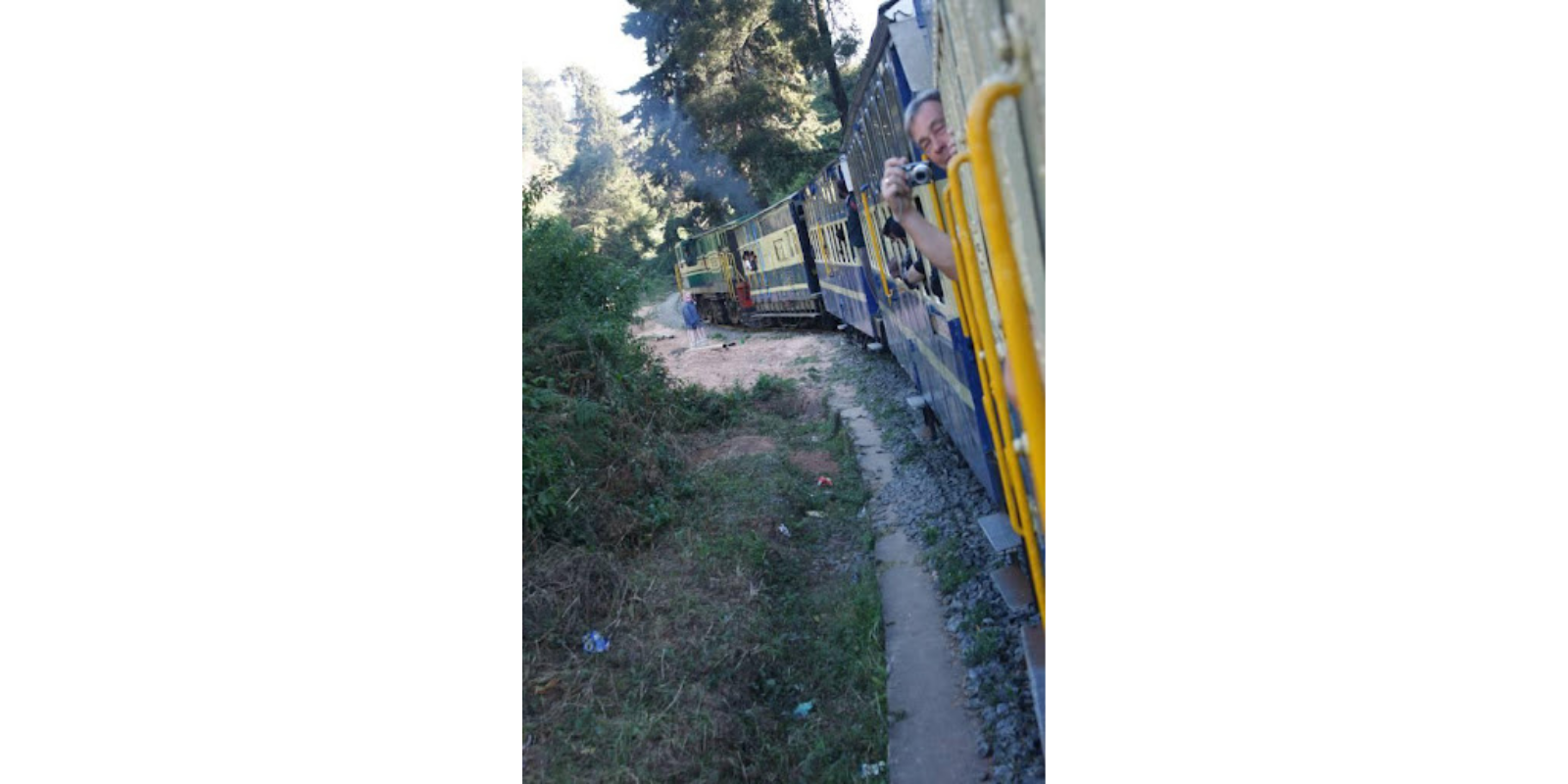
Feb 6th
A long five-hour drive today to Banyan Tree near Top Slip with just one brief stop for a Lesser Yellownape. But at least we arrived for a nice lunch of more curry and rice.
After lunch, we drove up into the mountains in the Andira Gandhi NP to search for Lion-tailed Macaques. We found a single followed by a troop of about another dozen or so. Excellent views and lots of photos of this magnificent monkey. A herd of seven Gaur was seen in the tea plantation also. But we were up here for some birds too and the rare endemic Yellow-throated Bulbul was found here too as were some Flame-throated Bulbuls. Three Asian Fairy Bluebirds sat on some high bare snags and on the way back down Jean spotted a fantastic Great Hornbill which was to be the only sighting of the trip.
A nice evening was spent at Banyan Tree and as it was Peter’s birthday tomorrow we celebrated it a few hours early with a special cake we had made.
Feb 7th
Today we departed this delightful lodge, and on our way to Munnar, we stopped at Chinnal Wildlife Reserve. This we did instead of Top Slip as it was much easier to get around and we could get out of the car and would not miss any of this area's specialties.
We started out with a couple of Brown Fish Owls and a Crested Hawk Eagle which sat up high for all to see. Some Malabar Woodshrikes were noted as were a couple of Pied Flycatcher Shrikes. Three Monarchs put in an appearance and a Blue-capped Rockthrush did a fly-by. We looked hard for the Spot-bellied Eagle Owls but without success. Good views of a White-rumped Shama were had and we all saw the Tickell's Blue Flycatcher. Some Grizzled Giant Squirrels were seen too.
A quick packed lunch and we were off to Munnar.
Feb 8th
After a noisy night and rubbish food in the Archana Residency in Munnar (a hotel not to be recommended) we had another early start. This was our only sub-standard accommodation for the whole trip and yet when I stayed here in November it was much better although the nearby camp had been noisy then too. A very brief walk in the area surrounding the hotel resulted in a couple of Malabar Whistling Thrushes. We drove up a private road and before we got slung off we managed a group of eight Nilgiri Tahr, three Nilgiri Langurs and some Orange Minivets, and a Tytler's Warbler. Another local area was quite productive too with Dusky Crag Martins, Hill Swallows, Oriental Honey Buzzards, a Black and Booted Eagle.
Our luggage had been sent up by jeep to our next accommodation, the tented camp known as Nature Zone and classed by Morten and others to have been our best accommodation of the tour. Fortunately, we were to have two nights here.
Amazingly from the restaurant veranda, we found the following species: A pair of White-bellied Robins (Shortwings), Malabar Whistling Thrush, Nilgiri Flycatchers, Kerala Laughingthrushes, Indian Scimitar Babbler, Indian Blackbird and Greenish, Tytler's, Large-billed Leaf and Blyth's Reed Warblers.
A walk to the top was hard work but here two Black-shouldered Kites, Black and Booted Eagles were noted and a Blue Rock Thrush was found. The target bird however was a Broad-tailed Grass Warbler found after I had started my unfortunate return to camp.
A great place to have dinner and a very comfortable place to stay away from all the hustle and bustle of the valleys below.
Feb 9th
An early morning walk to another area of grassland was considered to be good exercise but rather lacking in birds although a couple of Nilgiri Pipits were noted.
At breakfast time the list from the veranda continued to grow with only rarities being added: Black- and- orange Flycatcher, a female Indian Robin and a Philippine Shrike, the southern race of Brown Shrike, sat out in the open for hours. I spent some time trying to get photographs and some of the others ventured up the hill twice more. They added Long-billed Pipit but little else.
Another nice night here and getting ready to travel back towards the coast via Thattekkad tomorrow.
Feb 10th
Immediately after breakfast, we set off for Thattekkad and our next accommodation, Birds Lagoon. We set off after lunch for some owls and Eldhose had been out over the lunch period to locate them. Successfully it seems as it took no time to see our first Brown Hawk Owl followed very quickly by a magnificent pair of Mottled Wood Owls. It was hot though now we got nearer the coast. Our next stop was for Drongo Cuckoo and this did not take long either and a bonus Jungle Owlet. Our next stop was for the White-bellied Treepie and this did take no longer either. About ten were seen and then a couple of Black Bazas flew across the road, landing briefly before continuing out of sight.
As it was getting dark some rustling in the leaf litter turned out to be an Indian Pitta of which great views were obtained in Eldhose's torchlight. Soon thereafter an Oriental Scops Owls was called in and this was followed by a female Ceylon Frogmouth. This was magic!
Feb 11th
A 4 am start meant that some stayed behind to get some well-earned rest. Only us crazy birders got up to try and see the elusive Bay Owl but without success. We heard it and it was not far away. A pair of Ceylon Frogmouths sat together and gave great photo opportunities and female Malabar Trogon put in a brief appearance. Three Orange-headed Ground Thrushes were seen at close range and a Flying Squirrel was seen in the torch beam.
Another sortie out in the late afternoon added four Wynaad Laughingthrushes and at dusk, Savanna and Jerdon's Nightjars were seen, whilst the Great-eared variety was heard only. Another amazing day.
Feb 12th
Another 4 am start had even fewer participants and apart from a very brief silhouetted flight view of a Spot-bellied Eagle Owl we only really saw a Blue-throated Flycatcher. Not the best of mornings but that is how it goes sometimes.
We left Blue Lagoon after lunch and after saying our goodbyes to Eldhose we made our way to Cochin for our last night in Southern India. The group split up and did the tourist things around the fishing nets and shops and Morten and Robert hired a boat and added quite a few species to the trip list.
We met up again for dinner which we had in the Tea Bungalow which was very nice indeed and a fitting end to a great holiday.
Feb 13th
We set off after breakfast to the airport for the morning flight back to London. Jim and I said our goodbyes to the group and we continued to the domestic terminal to catch our flight to Chennai and on to the Andamans the next day.
SYSTEMATIC LIST
The systematic list follows the nomenclature and taxonomy of the Ripley Guide of Birds of South Asia by Rasmussen and Anderton 2005, being widely regarded as the guide to use. The older names as used by Grimmett, Inskipp, and Inskipp are added in parenthesis. Western Ghats' endemics are in bold.
- Little Grebe Tachybaptus ruficollis A few records in suitable places.
- Spot-billed Pelican Pelecanus philippensis Up to 15 on three days in the Mysore area.
- Indian Shag (Indian Cormorant) Phalacrocorax fuscicollis Small numbers in suitable areas throughout.
- Great Cormorant Phalacrocorax carbo A few in the Mysore area.
- Little Cormorant Phalacrocorax niger is Common throughout.
- Oriental Darter (Darter) Ahinga melanogaster Up to three on four dates.
- Western Reef-heron (Western Reef Egret) Egretta gularis A single by the fishing nets in Cochin.
- Little Egret Egretta garzetta is Common throughout.
- Great Egret Egretta Alba One or two in the Mysore area and a couple at Cochin.
- Intermediate Egret Egretta intermedia Seen in most suitable areas in small numbers.
- Eastern Cattle Egret (Cattle Egret) Now split into Eastern and Western Cattle Egrets Bubulcus commands and B.ibis. The most common egret of the area and seen almost daily in good numbers.
- Grey Heron Ardea cinerea Small numbers in lowland areas
- Purple Heron Ardea purpurea Ones and twos throughout and 10 in Mysore
- Indian Pond Heron Ardeola grayii ubiquitous
- Malayan Night-heron Gorsachius melanolophus A single in Thattekat along a forest stream gave great views.
- Striated Heron (Little Heron) Butorides striata Just one in Mysore.
- Asian Openbill Anastomus oscitans Small numbers in the Mysore area on three dates.
- Painted Stork Mycteria leucocephala Also has small numbers in the Mysore area on four dates.
- Glossy Ibis Plegadis falcinellus A few near Mysore.
- Black-headed Ibis Threskiornis melanocephalus has Good numbers in the Mysore area.
- Eurasian Spoonbill Platalea leucorodia is Seen only at the lake in Mysore.
- Indian Black Ibis (Black Ibis) Pseudibis papillosa Common in the Mysore area.
- Lesser Whistling Duck Dendrocygna bicolor Three near Kabini and quite a few in lakes along the road en route to Mudamalay.
- Garganey Anas querquedula Just two on a roadside lake as above.
- Northern Pintail Anas acuta A single female on a lake en route to Mudamalay.
- Indian Spot-billed Duck Anas poecilorhyncha Small numbers in the Mysore area.
- Cotton Teal (Cotton Pygmy-goose) Nettapus coromandelianus About 30 on two lakes between Kabini and Mudamalay.
- Black-winged Kite (Black-shouldered Kite) Elanus caeruleus One to three on six dates throughout.
- Black Baza Aviceda loopholes. A pair were seen flying across the road near Thattekad. They landed briefly before moving on out of sight. Reasonable but brief views.
- Brahminy Kite Haliastur Indus Common throughout.
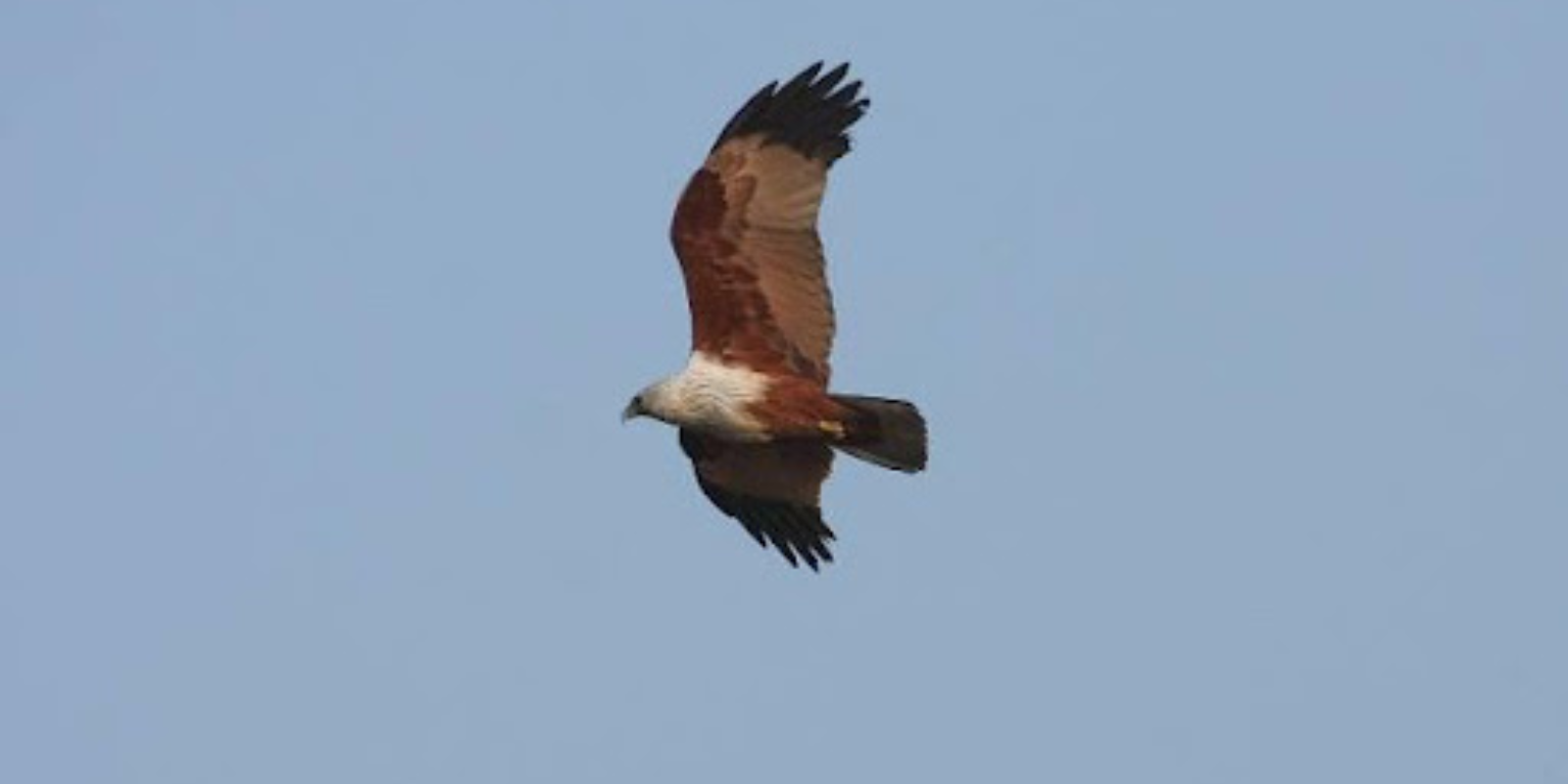
- Black Kite Milvus migrans are Common in all suitable areas.
- Besra Sparrowhawk (Besra) Accipiter virgatus A single near Ooty.
- Shikra Accipiter badius One or two on five dates.
- Steppe Buzzard Buteo buteo vulpinus A racial subspecies of Common Buzzard (B. b. buteo) One or two on four dates in mountainous areas.
- Oriental Honey-buzzard Pernis ptilorhynchus is Fairly common and seen on seven dates with a maximum of six birds at Nature Zone.
- White-eyed Buzzard Butastur teesa A single en route from Kabini to Mudamalay.
- Crested Serpent Eagle Spilornis cheela One or two on five dates.
- Short-toed Eagle Circaetus gallicus A single near Ooty.
- Booted Eagle Hieraaetus pennatus One or two on four dates. All records refer to dark phase individuals.
- Mountain Hawk-eagle Spizaetus nipples Three at Ooty.
- Crested Hawk-eagle (Changeable Hawk Eagle) Spizaetus cirrhotic A single at Chennai Wildlife Reserve.
- Black Eagle Ictiaetus malayensis Up to four on six dates in the mountains near Ooty and Munnar.
- Tawny Eagle Aquila rapax is Quite common in Nagarhole NP with up to three a day and two at Nature Zone. Some dark-phase birds caused some confusion.
- Indian Spotted Eagle Aquila hastate A single near Kabini.
- Osprey Pandion haliaetus Two singles.
- White-rumped Vulture Gyps bengalensis A single near Kabini.
- Indian Vulture (Long-billed Vulture) Gyps bengalensis Two adults and a juvenile on the nest between Bangalore and Mysore.
- Egyptian Vulture Neohron percnopterus A single at Kabini.
- Western Marsh Harrier (Eurasian Marsh Harrier) Now split into Western and Eastern Marsh Harriers (C. aeruginosus and C. spilonotus) Just three birds were seen.
- Common Kestrel Falco tinnunculus One or two on seven dates.
- Shaheen Falcon Falco peregrinus A pair at the rocky outcrop between Bangalore and Mysore on the first afternoon.
- Grey Francolin Francolinus pondicerianus Two or three on four dates in the Mysorea area.
- Jungle Bush-quail Perdicula asiatica Three along the road near Kabini.
- Painted Bush-quail Perdicula erythrorhyncha Two from the train between Coonoor and Ooty.
- Yellow-legged Buttonquail Turnix tanki A single near Jungle Retreat.
- Grey Junglefowl Gallus sonnerattii Commonly found throughout
- Indian Peafowl Pavo cristatus Commonly found throughout
- White-breasted Waterhen Amaurornis phoenicurus is Seen in all suitable areas.
- Purple Swamphen Porphyrio p. poliocephalus Good numbers in water areas.
- Common Moorhen Gallinula chloropus A few on three dates in the Kabini area.
- Eurasian Coot Fulica atra is Seen in all suitable areas in small numbers.
- Black-winged Stilt Himantopus himantopus A single at Kabini and a few just outside Cochin.
- Bronze-winged Jacana Metopidius indices A few in the Mysore area.
- Pheasant-tailed Jacana Hydrophasianus chirurgus Counts of a dozen and eight on two dates in the Mysore area.
- Great Thick-knee Esacus recurvirostris Two on the lake in the park in Mysore
- Red-wattled Lapwing Vanellus indicus Small numbers in all suitable areas.
- Little Ringed Plover Charadrius dubius Two just outside the Kabini compound.
- Greenshank Tringa nebularia Ten at Kabini.
- Wood Sandpiper Tringa gladiola A few in the Kabini area.
- Green Sandpiper Tringa ochropus Two and one at Kabini.
- Common Snipe Gallinago gallinago About 50 at a roadside lake between Mysore and Kabini.
- Heuglin’s Gull Larus h.heuglini Seen at Cochin.
- Great Black-headed Gull Larus ichthyaetus Seen at Cochin.
- Brown-headed Gull Larus brunnicephalus Large numbers offshore at Cochin
- Gull-billed Tern Gelochelidon nilotica Some at Cochin.
- Sandwich Tern Thalasseus sandvicensis Seen at Cochin.
- River Tern Sterna aurantia A few in the Mysore/Kabini area.
- Greater Crested Tern Thalasseus bergii A few at Cochin.
- Lesser Crested Tern Thalasseus bengalensis Seen at Cochin.
- Whiskered Tern Chlidonias hybrid Counts of 31+ at Birds Lagoon area, Thattekad, on three dates.
- Green Imperial Pigeon Ducula aenea Between one and four on three dates.
- Mountain Imperial Pigeon Ducula badia One and two on two dates.
- Nilgiri Woodpigeon Columba Elphinstone Three on two dates at Ooty and Munnar
- Laughing Dove Streptopelia senegalensis was Only seen on the first two dates.
- Spotted Dove Streptopelia chinensis Commonest dove in the region.
- Eurasian Collared Dove Streptopelia decaocto Three birds seen.
- Emerald Dove Chalcophaps indicia One or two on four dates in the Munnar area.
- Grey-fronted Green Pigeon Treron affinis (Pompadour Pigeon) Three at Thattekad.
- Yellow-footed Green Pigeon Treron p.phoenicopterus Two at Kabini.
- Vernal Hanging Parrot Loriculus vernalis Fairly common in the Thattekkad area with up to 15 seen in one day.
- Malabar Parakeet Psittacula columboides Common round Kabini and Thattekkad.
- Plum-headed Parakeet Psittacula cyanocephala Common round Kabini and two or three at Thattekkad.
- Rose-ringed Parakeet Psittacula krameri is Common, particularly inland.
- Fork-tailed Drongo-cuckoo Surniculus dichlorides A single at Thattekkad. Asian Koel Eudynamys scolopaceus is Common in the Kabini area.
- (Indian Cuckoo Cuculus micropterus heard only in Thattekkad)
- Banded Bay Cuckoo Cacomantis sonneratii Flight view only of a single bird at Thattekkad.
- Common Hawk Cuckoo Hierococcyx sparverioides Three singles in Kabini and a couple heard in Thattekkad.
- Blue-faced Malkoha Phaenicophaeus viridirostris Two at Kabini and three singles thereafter.
- Southern Coucal Centropus (sinensis) parrots are Likely to be split in the future. Small numbers throughout.
- Brown Hawk Owl Ninox scutulata Single seen and another heard in Thattekkad.
- (Ceylon Bay Owl Phodilus assimilis Despite many efforts this species was heard only in Thattekkad)
- Brown Fish-owl Ketupa zeylonensis A single in Kabini and two at Chennai Wildlife Reserve.
- Spot-bellied Eagle-owl Bubo nipalensis Also despite some effort this species was mostly heard only, although a brief silhouette of a flying bird was seen.
- Indian Eagle-owl Bubo bengalensis Two adults and three juveniles at two sites near Mysore in one morning was an amazing experience.
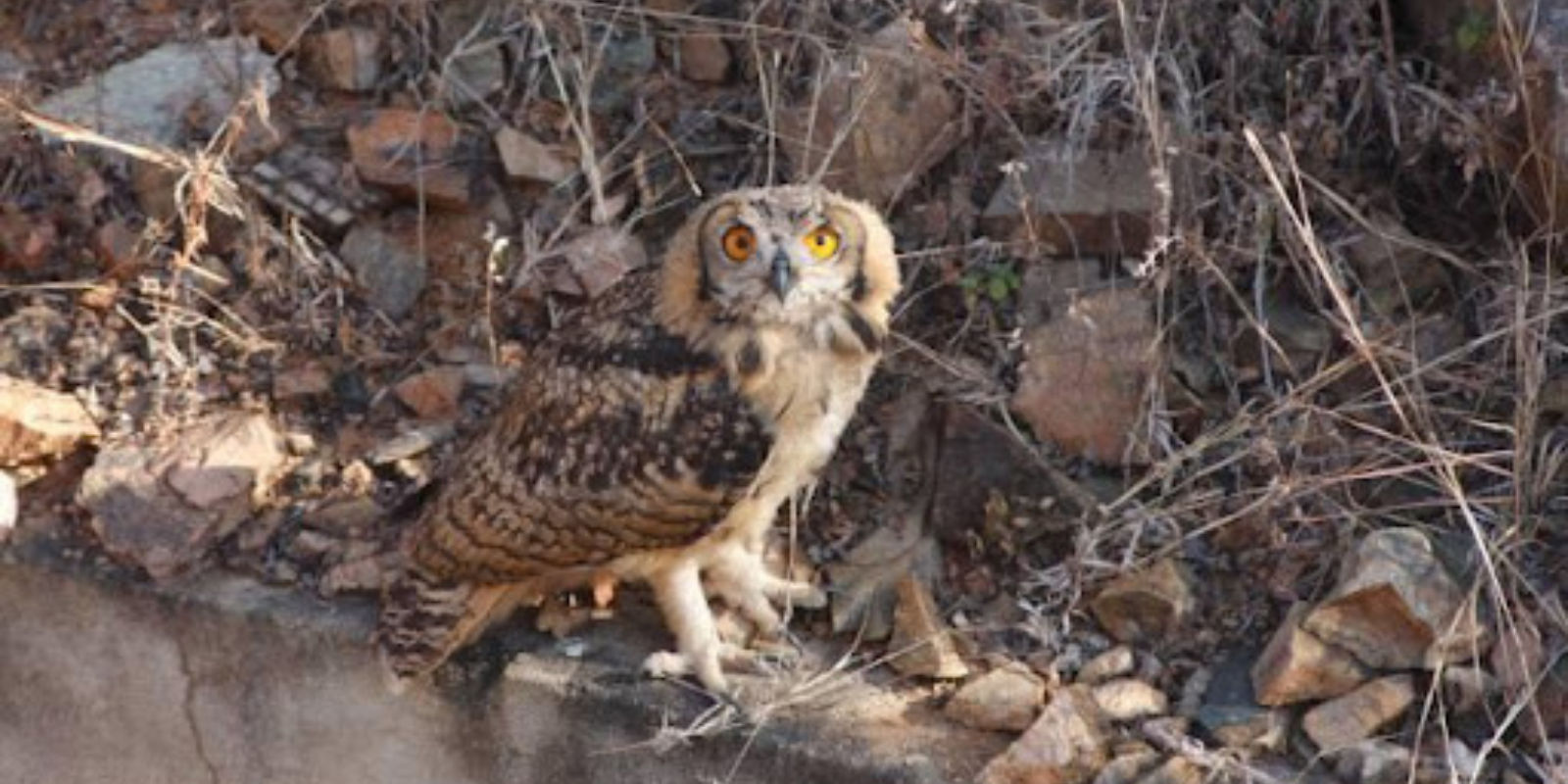
- Mottled Wood-owl Strix ocellata A pair seen well at Thattekkad.
- Oriental Scops Owl Otus sunia Two heard and one seen near Thattekkad.
- Spotted Owlet Athene brama Two or three in most areas on five dates.
- Jungle Owlet Glaucidium radiatum A single in Kabini and another two at Thattekkad.
- Ceylon Frogmouth Batrachostomus moniliger (Sri Lanka Frogmouth) The first sighting was of a female at night and another three heard at Thattekkad and the next day we saw a pair but a few more heard.
- Indian Jungle Nightjar Caprimulgus indicus A single at Thattekkad
- Savanna Nightjar Caprimulgus affinis One seen well and three or four others heard at Thattekkad.
- (Great-eared Nightjar Eurostopodus macrotis Heard only at Thattekkad.
- Crested Treeswift Hemiprocne coronate is Commonly seen throughout.
- Asian Palm Swift Cypsiurus ballsiness Small numbers throughout.
- Indian Swiftlet Aerodramus unicolor is Fairly well spread throughout.
- Indian White-rumped Spinetail Zoonavena sylvatic (White-rumped Needletail) Six at Kabini and 15 at Thattekkad.
- Little Swift Apus affinis Six and 20 on two dates.
- Alpine Swift Tachymarptis melba Common in Kabini and near Ooty.
- Brown-throated Needletail Hirundapus giganteus Two in Kabini and 8+ behind the hotel in Ooty.
- Indian Roller Coracias benghalensis Common throughout.
- Dollarbird Eurystomus orientalis A single at Birds Lagoon at Thattekkad.
- Common Hoopoe Upupa epops ceylonensis One or two on two dates.
- Malabar Trogon Harpactes fasciatus A female at Thattekkad was the only record.
- Stork-billed Kingfisher Pelargopsis capensis Three singles.
- White-throated Kingfisher Halcyon smyrnensis Very common throughout.
- Lesser Pied Kingfisher Ceryle rudis (Pied Kingfisher) Two near Mysore, a single at Kabini and two on two dates at Birds Lagoon, Thattekkad.
- Common Kingfisher Alcedo atthis Singles throughout
- Chestnut-headed Bee-eater Merops leschenaultia Common between Munnar and the coast.
- Blue-tailed Bee-eater Merops philippinus is Common throughout.
- Little Green Bee-eater Merops orientalis Also common throughout.
- Malabar Grey Hornbill Ocyceros griseus Quite common in the Thattekkad area.
- Indian Grey Hornbill Ocyceros birostris Small numbers in the Mysore and Kabini areas.
- Great Pied Hornbill Buceros bicornis A single in the Andira Gandhi NP.
- Malabar Pied Hornbill Anthracoceros coronatus Two at Kabini.
- Coppersmith Barbet Megalaima haemacephala Common up the country.
- Malabar Barbet Megalaima malabarica Split from Crimson-fronted Barbet which itself is now known as Ceylon Small Barbet M. rubricapilla
- White-cheeked Barbet Megalaima viridis are Common throughout.
- Brown-headed Barbet Megalaima zeylanica One or two at Nature Zone.
- Eurasian Wryneck Jynx torquilla A single near Jungle Retreat.
- Heart-spotted Woodpecker Hemicircus canine Two flight views were rather unsatisfactory.
- Indian Pygmy Woodpecker Dendrocopus nanus (Brown-capped Pygmy Woodpecker) Up to three on five dates.
- Yellow-fronted Pied Woodpecker Dendrocopus mahrattensis (Yellow-crowned Woodpecker) Two singles near Ooty and Thattekkad.
- Streak-throated Woodpecker Picus xanthopygaeus A single at Kabini.
- Lesser Yellownape Picus chlorolophus Two singles.
- Black-rumped Flameback Dinopium bengaline Up to three on five dates.
- Greater Flameback Chrysocolaptes lucidus One or two on three dates.
- White-bellied Woodpecker Dryocopus Avensis
- Indian Pitta Pitta brachyura A single was seen at Thattekkad and another was heard the following day.
- Singing Bushlark Mirafra cantillations A single near Mysore.
- Indian Bushlark Mirafra erythroderma About ten near Mysore.
- Jerdon’s Bushlark Mirafra affinis About ten near Mysore and two singles thereafter.
- Oriental Skylark Alauda gulgula About five along the road near Kabini.
- Malabar Lark Galerida malabarica Small numbers on four dates.
- Syke’s Lark Galerida deva Two seen well between Kabini and Mudumalai.
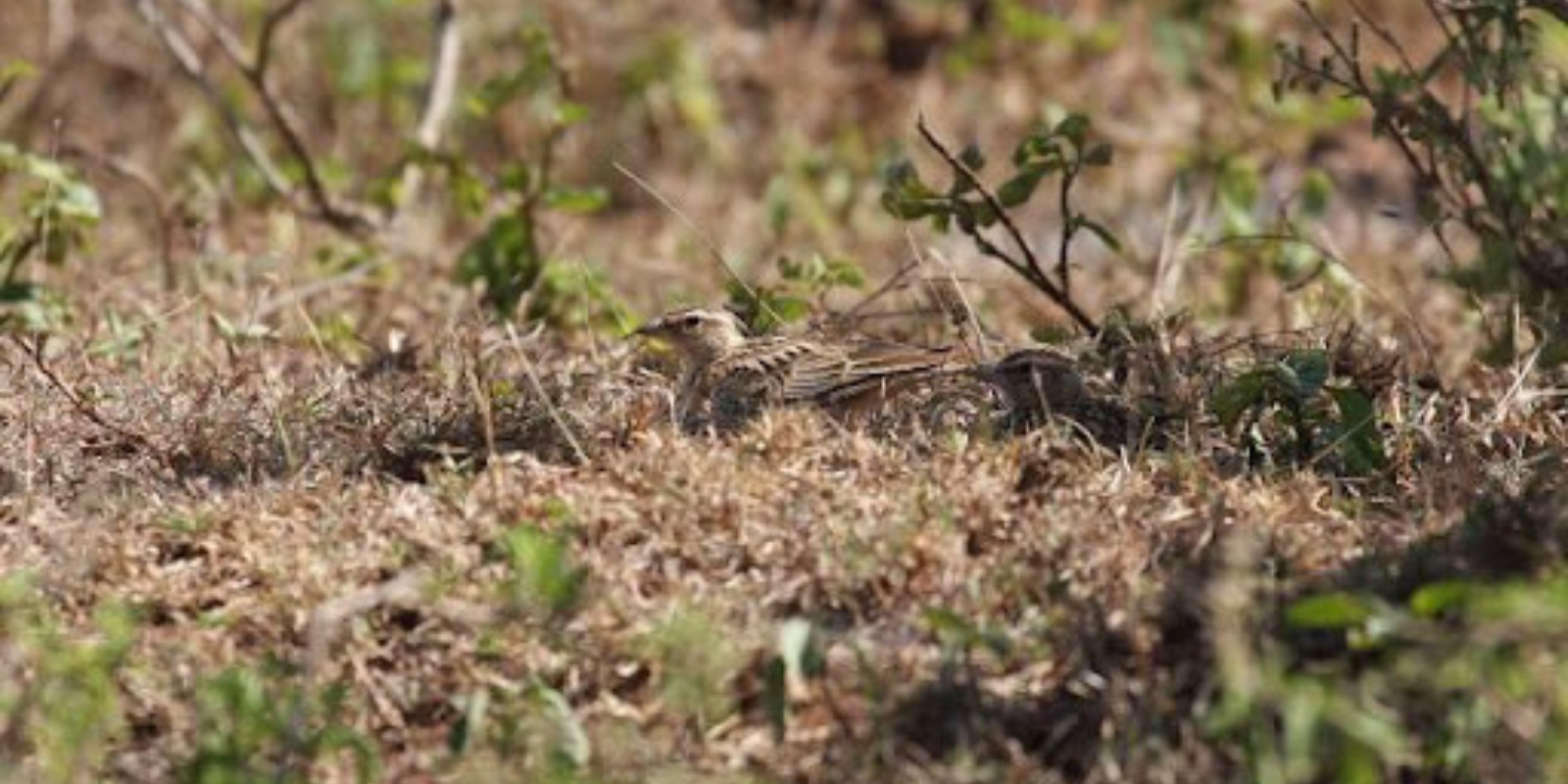
- Ashy-crowned Finch-lark Eremopterix griseus (Ashy-crowned Sparrow Lark) About a dozen near Mysore and a single female at the Syke’s Lark site.
- Rufous-tailed Lark Ammomanes phoenicura Up to four on three dates in the dry areas up the country.
- Dusky Crag-martin Ptyonoprogne concolor Small numbers in all suitable areas.
- Streak-throated Swallow Hirundo fluvicola About 30 at a breeding colony under a bridge between Kabini and Mudamalay.
- Hill Swallow Hirundo domiciled Just a few in the Munnar area.
- Barn Swallow Hirundo rustica is Common throughout but none is seen in Thattekkad.
- Red-rumped Swallow Hirundo daurica Common up the country.
- Western Yellow Wagtail Motacilla flava A few up countries.
- Grey Wagtail Motacilla cinerea Small numbers in all areas.
- Forest Wagtail Dendronanthus indicus Up to three on three dates around the Kabini Lodge and surrounding forest.
- White-browed Wagtail Motacilla maderaspatensis Seen throughout.
- Olive-backed Pipit Anthus hodgsoni yunnanensis A single seen near Ooty.
- Paddyfield Pipit Anthus rufulus One and two on two dates in the dry areas up the country.
- Tawny Pipit Anthus campestris Two seen near Jungle Retreat lodge.
- Blyth’s Pipit Anthus godlewskii Four seen near Mysore.
- Nilgiri Pipit Anthus nilghiriensis Four and six on two dates at Nature Zone near Munnar
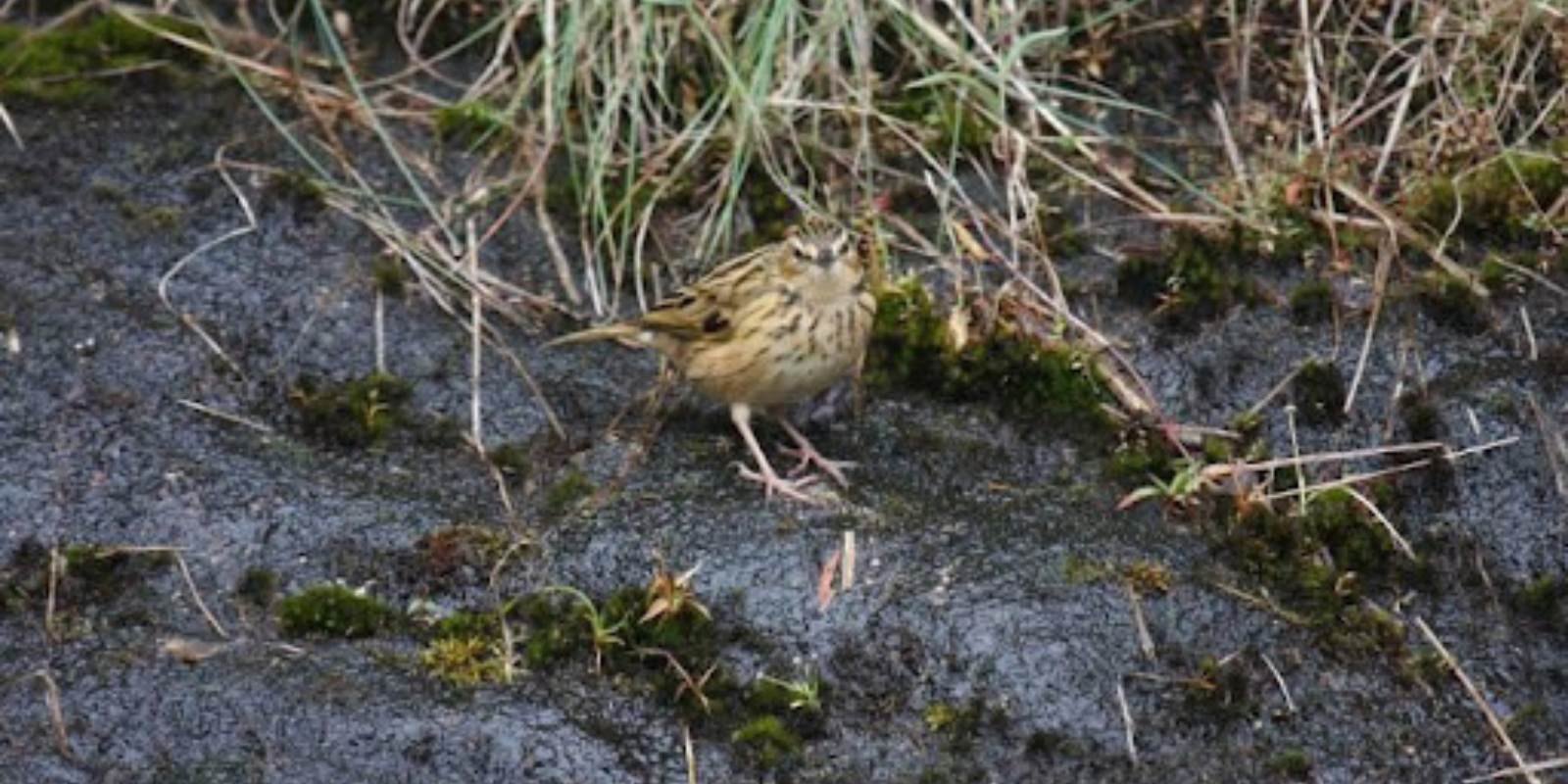
- Long-billed Pipit Anthus similis One at Nature Zone near Munnar.
- Ashy Woodswallow Artamus fuscus Between five and a dozen on three dates.
- Common Woodshrike Tephrodornis pondicerianus Six seen near Jungle Retreat Lodge.
- Malabar Woodshrike Tephrodornis sylvicola Split from Large Woodshrike T.gularis Between one and six on three dates.
- Pied Flycatcher-shrike Hemipus pictures (Bar-winged Flycatcher-shrike) Between two and four on three dates in Munnar and Thattekkad.
- Black-headed Cuckooshrike Coracina melanophore A female and a pair were seen on two dates in the Jungle Retreat area.
- Large Cuckooshrike Coracina macei Four seen near Kabini Lodge.
- Orange Minivet Pericrocotus flammeus Split from Scarlet Minivet P.sperciosus Small numbers throughout.
- White-bellied Minivet Pericrocotus erythromycins A target species near Jungle Retreat Lodge where a pair was seen well.
- Small Minivet Pericrocotus cinnamomeus Small numbers up the country.
- Red-vented Bulbul Pycnonotus cafer Small numbers throughout.
- Red-whiskered Bulbul Pycnonotus jocose Ubiquitous.
- Square-tailed Black Bulbul Hypsipetes Vanessa Split into two species with Himalayan Black Bulbul H.leucocephalus Small numbers in the Munnar and Thattekkad areas.
- Flame-throated Bulbul Pycnonotus gularis Split from Black-crested Bulbul P.flaviventris Four in the Andira Ghandi NP, and up to three on two dates in Thattekkad.
- Yellow-throated Bulbul Pycnonotus xanthomatous Two in the Andira Ghandi NP gave good views.
- Grey-headed Bulbul Pyconotus procephalic Two in Thattekkad was the sole record.
- White-browed Bulbul Pycnonotus luteolus Small numbers in many areas.
- Yellow-browed Bulbul Iole indica Up to six in many areas.
- Common Iora Aegithinia tiphia One or two on three dates.
- Gold-fronted Leafbird Chloropsis aurifrons Six at Jungle Retreat Lodge and two in Thattekkad were the only records.
- Jerdon’s Leafbird Chloropsis jerdoni (Blue-winged Leafbird) Two near Jungle Retreat Lodge.
- Asian Fairy-bluebird Irena puella Up to three a day in the Munnar and Thattekkad areas.
- ‘Rufous-backed’ Long-tailed Shrike Lanius schach erythrocytes. Long-tailed shrikes in the Himalayas and NE India are of the Black-headed form Lanius s.tricolor. Common throughout.
- Brown Shrike Lanius c. cristatus. Small numbers throughout.
- Philippine Shrike Lanius cristatus lucionensis Sub-species of Brown Shrike and winter visitor to the very South of India and Sri Lanka. One was seen at Nature Zone near Munnar
- Bay-backed Shrike Lanius vittatus Two near Jungle Retreat lodge.
- Black-naped Blue Monarch Hypothymis azure (Black-naped Monarch) Three near Munnar was the sole record
- Asian Paradise Flycatcher Terpsiphone paradise Small numbers up country including some stunning adult white form birds.
- White-browed Fantail Rhipidura aureola One and two on two dates up the country.
- White-spotted Fantail Rhipidura albogularis Two on two dates only.
- Blue Rock-thrush Monticola solitarius One or two at Nature Zone.
- Blue-headed Rock-thrush Monticola Oncorhynchus Just a single fly-by job at Chinnal Wildlife Reserve.
- Orange-headed Thrush Zoothera citrine Between one and four on three dates at Thattekkad.
- Malabar Whistling Thrush Myophonus horsfieldii Fairly common in the Nilgiri Hills.
- Indian Blackbird Turdus similies Split from Eurasian Blackbird T.merula Common in mountainous areas.
- White-bellied Blue Robin Myiomela albiventris (White-bellied Shortwing) A pair at Nature Zone seen on two dates.
- Nilgiri Blue Robin Myiomela major A single at Ooty of this very rare bird was seen well.
- Indian Blue Robin Luscinia brunnea Two females and a male was seen in the mountains.
- White-rumped Shama Copsychus malabaricus Two singles.
- Oriental Magpie-robin Copsychus saularis Common throughout.
- Indian Black Robin Saxicoloides fulicatus (Indian Robin) is Common throughout the upcountry areas.
- Pied Bushchat Saxicola caprata Common throughout.
- Brown-breasted Flycatcher Muscicapa muttui Four singles seen.
- Asian Brown Flycatcher Muscicapa dauurica Five on four dates
- Rusty-tailed Flycatcher Muscicapa ruficauda Four birds in the Nilgiri Mountains.
- Kashmir Flycatcher Ficedula subrubra A male of this winter visitor at Ooty seen on two consecutive days, in the same place as last November.
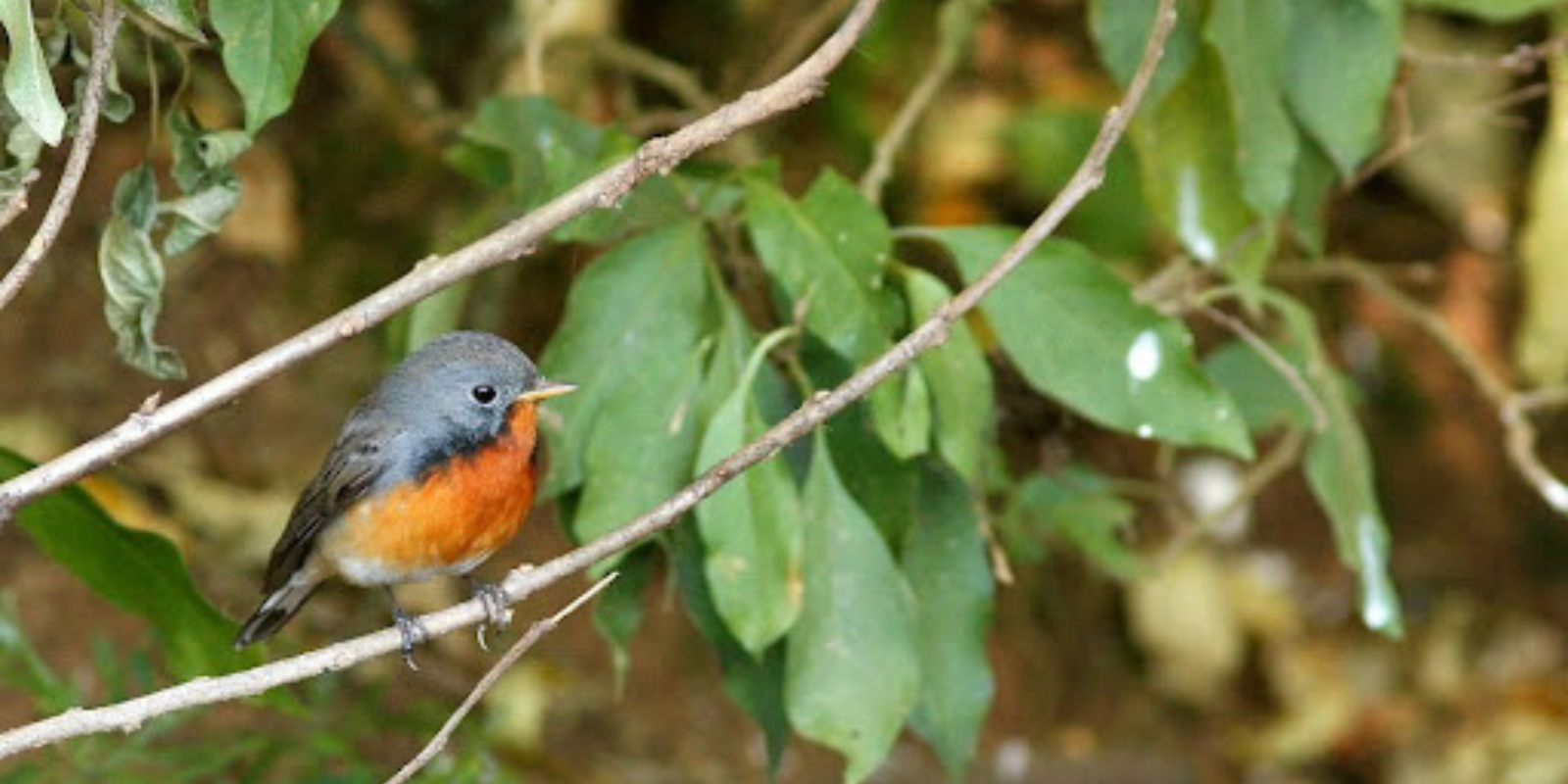
- Red-breasted Flycatcher Ficedula parva Two singles at Mysore and Kabini.
- Red-throated Flycatcher Ficedula albicilla Five birds on four dates at Kabini
- Black-and-orange Flycatcher Ficedula nigrorufa Two females at Ooty and a male near Munnar and another heard at Thattekkad. One of the most beautiful birds of the tour.
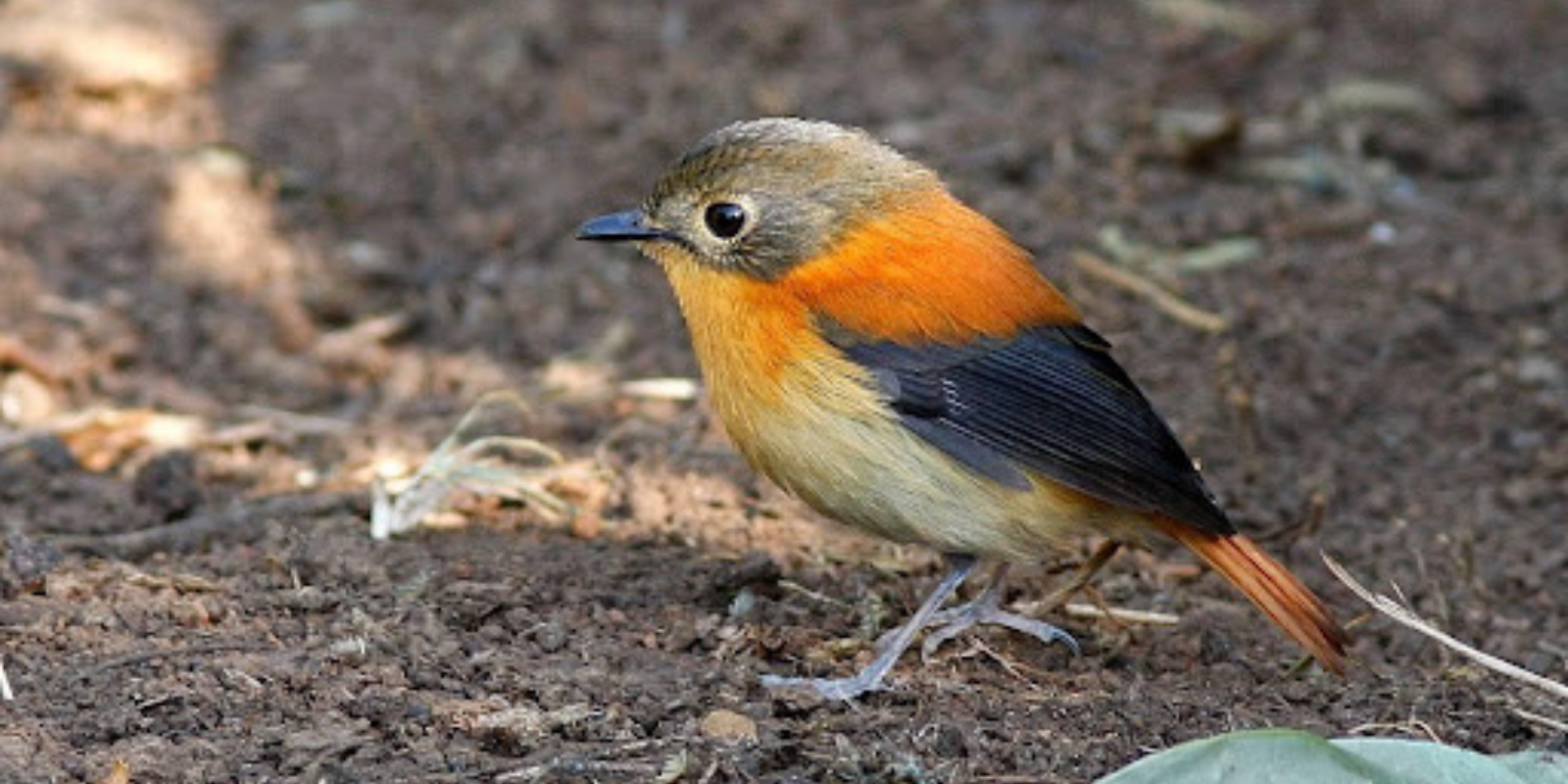
- Tickell’s Blue Flycatcher Cyornis tickelliae Two singles seen.
- Blue-throated Flycatcher Cyornis rubeculoides Just one on the last day at Thattekkad.
- Verditer Flycatcher Eumyias thalassinus Five on three dates.
- Nilgiri Flycatcher Eumyias albicaudatus Up to ten a day in the Nilgiri hills and Thattekkad.
- White-bellied Blue Flycatcher Cyornis pallipes A pair at Thattekkad.
- Black-chinned (Nilgiri) Laughingthrush Trochalopteron cachinnans Eight at Ooty, some which gave great views.
- Kerala Laughingthrush Trochalopteron fairbanki (Grey-Laughingthrush)Up to 15 on four dates from Munnar down to Thattekkad.
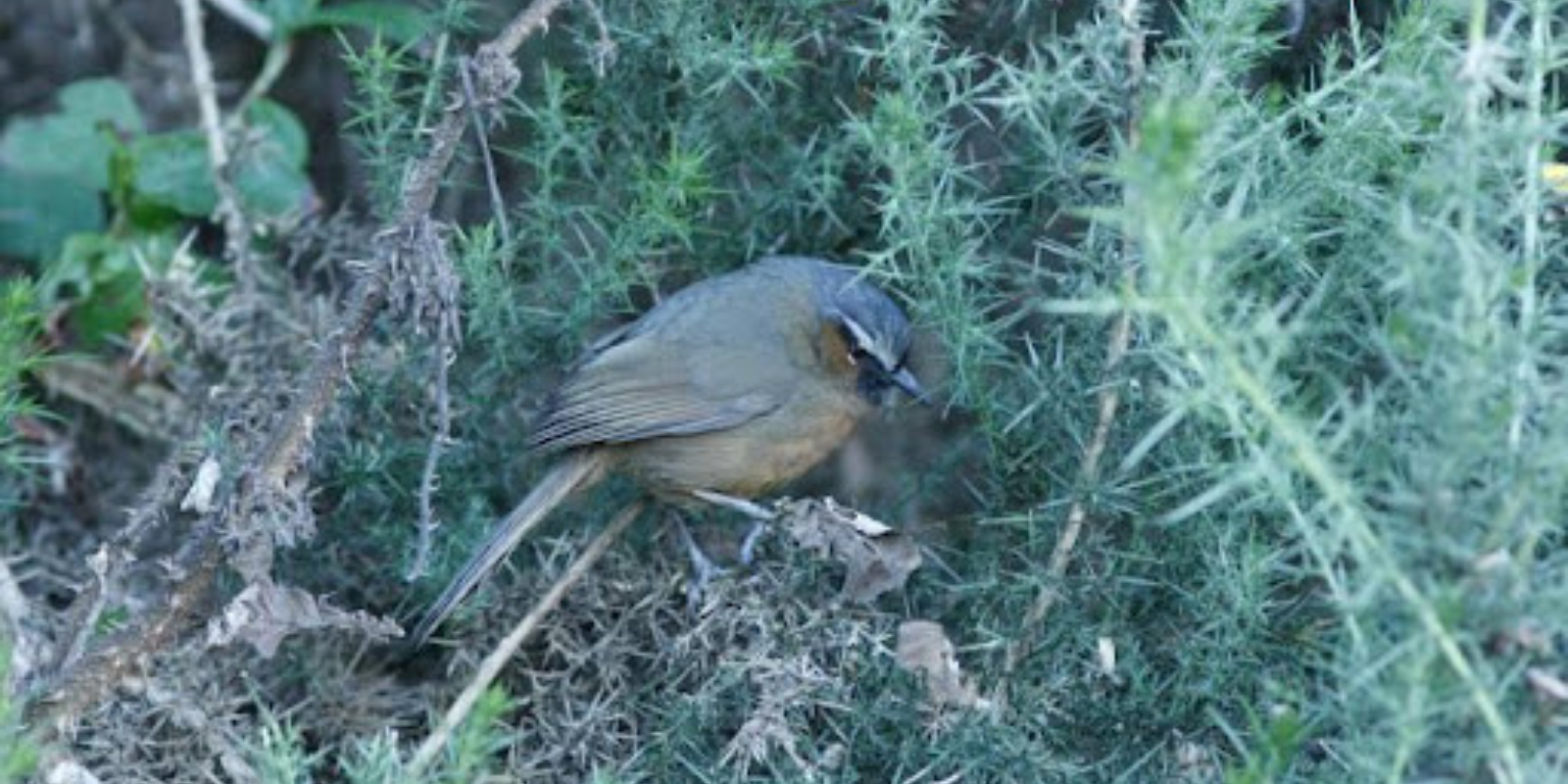
- Wynaad Laughingthrush Dryonastes delesserti Four in Thattekkad
- Tawny-bellied Babbler Dumetia hyperythra Four near Jungle retreat Lodge and another heard at Thattekkad.
- Dark-fronted Babbler Rhopocichla atriceps Four seen at Thattekkad.
- Large Grey Babbler Turdoides malcolmi Seven near Banyan tree Lodge.
- Jungle Babbler Turdoides striata Fairly common.
- Yellow-billed Babbler Turdoides affinis Common in most areas away from the coast.
- Indian Rufous Babbler Turdoides subrufa (Rufous Babbler) Four and six seen near Munnar and another heard at Thattekkad.
- Indian Scimitar Babbler Pomatorhinus horsfieldii Split from Ceylon Scimitar Babbler P. melanurus Reasonably common in upland areas.
- Brown-cheeked Fulvetta lcippe poiocephala Up to six on four dates.
- Puff-throated Babbler Pellorneum ruficeps Six near Jungle RetreatLodge.
- Zitting Cisticola Cisticola juncidis Two near Mysore.
- Indian Broad-tailed Grass-warbler Schoenicola platyurus (Broad-tailed Grassbird) One at Nature Zone, Munnar.
- Ashy Prinia Prinia socialis Common in dry areas up country.
- Jungle Prinia Prinia sylvatica Two near Mysore.
- Plain Prinia Prinia inornata Four on two dates at Nature Zone, Munnar.
- Indian Reed Warbler Acrocephalus brunnescens (Clamorous Reed Warbler) Two seen and many more heard by a lake en route to Kabini from Mysore.
- Thick-billed Warbler Acrocephalus aedon Two singles at Thattekkad.
- Booted Warbler Hippolais caligata Up to three on four dates in dry areas up country.
- Blyth’s Reed Warbler Acrocephalus dumetorum Common throughout.
- Common Tailorbird Orthotomus sutorius Common throughout although more often heard than seen.
- Grey-headed Canary-flycatcher Culicicapa ceylonensis Two at Ooty and four at Nature Zone.
- Tickell’s Leaf-warbler Phylloscopus affinis Up to three on four dates in mountain areas.
- Tytler’s Leaf-warbler Phylloscopus tytleri Up to four in the Nilgiris on four dates.
- Greenish Warbler Phylloscopus trochiloides viridanus The most common leaf warbler seen and heard on most days, particularly in the moister areas.
- Large-billed Leaf-warbler Phylloscopus magnirostris One or two on five dates.
- Hume’s Leaf-warbler Phylloscopus humei One heard only in the Green Hotel gardens, Mysore
- Hume’s Whitethroat Sylvia althaea Formerly considered a sub-species of Lesser Whitethroat S. curruca, this is now a full species. Between one and four on three dates at Mysore and Kabini.
- Great Tit Parus major Small numbers throughout.
- Indian Yellow Tit Parus aplonotus Split from Black-lored Yellow Tit P.xanthogenys Good numbers at Ooty and Thattekkad.
- Velvet-fronted Nuthatch Sitta frontalis Up to four on four dates at Ooty and Thattekkad.
- Indian Nuthatch Sitta castanea Split from Chestnut-bellied Nuthatch S.cinnamoventris Two and five or more at Kabini.
- Pale-billed Flowerpecker Dicaeum erythrorhynchos Up to a dozen on four dates between Mysore and Munnar.
- Nilgiri Flowerpecker Dicaeum concolor Split from Plain Flowerpecker D.minullum which now only occurs in NE India. One or two on four dates at Thattekkad.
- Thick-billed Flowerpecker Dicaeum agile A single in the garden of Green Hotel, Mysore
- Oriental White-eye Zosterops palpebrosus Common throughout.
- Purple-rumped Sunbird Leptocoma zeylonica Common throughout.
- Small Sunbird Leptocoma minima (Crimson-backed Sunbird) Ten in the Munnar area and four and twelve at Thattekkad.
- Purple Sunbird Cinnyris asiaticus Common north of Munnar.
- Loten’s Sunbird Cinnyris lotenius Just one in the garden of Jungle Retreat Lodge.
- Grey-necked Bunting Embiriza buchanani A single bird hid in the middle of a bush in the dry area near Mysore.
- Common Rosefinch Carpodacus erythrinus roseatus Common in upland areas.
- Red Avadavat Amandava amandava Three singles at Kabini.
- Indian Silverbill Euodice malabarica A few up country.
- White-rumped Munia Lonchura striata A single near Birds Lagoon, Thattekkad.
- Black-throated Munia Lonchura kelaarti A single at Ooty and four near Birds Lagoon, Thattekkad.
- House Sparrow Passer domesticus Present
- Yellow-throated Sparrow (Chestnut-shouldered Petronia) Petronia xanthocollis One and two on two dates near Jungle Retreat Lodge.
- Indian Baya Weaver Ploceus p. philippinus A female at Kabini.
- Indian Golden oriole Oriolus kundoo Split from Eurasian Golden Oriole
- O. oriolus which does not occur in India. Small numbers throughout.
- Black-hooded Oriole Oriolus xanthomus Up to three on six dates.
- Black-naped Oriole Oriolus chinensis diffuses Two in Thattekkad was the sole record.
- Black Drongo Dicrurus macrocercus Common in agricultural areas.
- Ashy Drongo Dicrurus leucophaeus is Common throughout.
- Bronzed Drongo Dicrurus aeneus Four singles.
- White-bellied Drongo Dicrurus caerulescens Fairly common in wooded areas.
- Greater Racket-tailed Drongo Dicrurus paradiseus are Common throughout.
- Brahminy Starling Temenuchus pagodarum Common in dry areas up the country.
- Rosy Starling Sturnus roseus Common up country also in dry areas.
- Grey-headed Starling Sternia malabarica Common up country in dry areas.
- Malabar White-headed Starling Sturnis blythii (White-headed Starling) Between three and five on three dates at Kabini.
- Common Myna Acridoheres tristis Common throughout.
- Jungle Myna Acridotheres fuscus Common throughout.
- Lesser Hill-myna Gracula indica Split from Common Hill-myna G.religiosa One at Mysore and up to six a day on four dates at Thattekkad.
- House Crow Corvus splendens Common around habitation.
- Indian Jungle Crow Corvus (macrorhynchos) culminates The macrorhynchos complex has been split into three species. Only C.culminates occurs in S India and is an Indian endemic. Common in all areas.
- Rufous Treepie Dendrocitta vagabunda Fairly common in wooded areas.
- White-bellied Treepie Dendrocitta leucogaster Heard at Munnar and eight and two seen near Thattekkad.
289 species seen including 26 Western Ghats endemics, and another three heard only.
MAMMALS
- Gaur Bos gaurus Two at Kabini and seven in a tea plantation in the Indira Gandhi
- Wild Pig Sus scrofa Good numbers at Kabini
- Asian Elephant Elephas maximus Two twos and a herd of 19 at Kabini.
- Wild Dog Cuon alpinus A pack of four near Jungle Retreat Lodge.
- Common Leopard Panthera pardus A single and very brief view as it disappeared into the jungle on our safari at Kabini.
- Common Palm Civet Paradoxurus hermaphrodites A single at Kabini.
- Grey Mongoose Herpestes edwardsii One or two on three dates
- Brown Mongoose (Short-tailed Mongoose) Herpestes brachyurus One and two at Nature Zone on three dates.
- Stripe-necked Mongoose Herpestes vitticollis Two at Kabini.
- Indian Hare Lepus nigricollis (Black-naped Hare) A single seen at Kabini.
- Indian Giant Squirrel Ratufa indica (Malabar Giant Squirrel) Up to three a day in all areas.
- Grizzled Giant Squirrel Ratufa macroura Three at Chinnal Wildlife Reserve.
- Three-striped Palm Squirrel Funambulus palarum is Very common throughout.
- Dusky Striped Squirrel Funambulus sublineatus A single at Nature Zone, Munnar.
- Travancore Flying Squirrel Petinomys fuscocapillus A single by torchlight at Thattekkad.
- House Rat Rattus rattus A single in the shunting yard at Coonoor station.
- Indian Flying Fox Pteropus giganteus Common up the country.
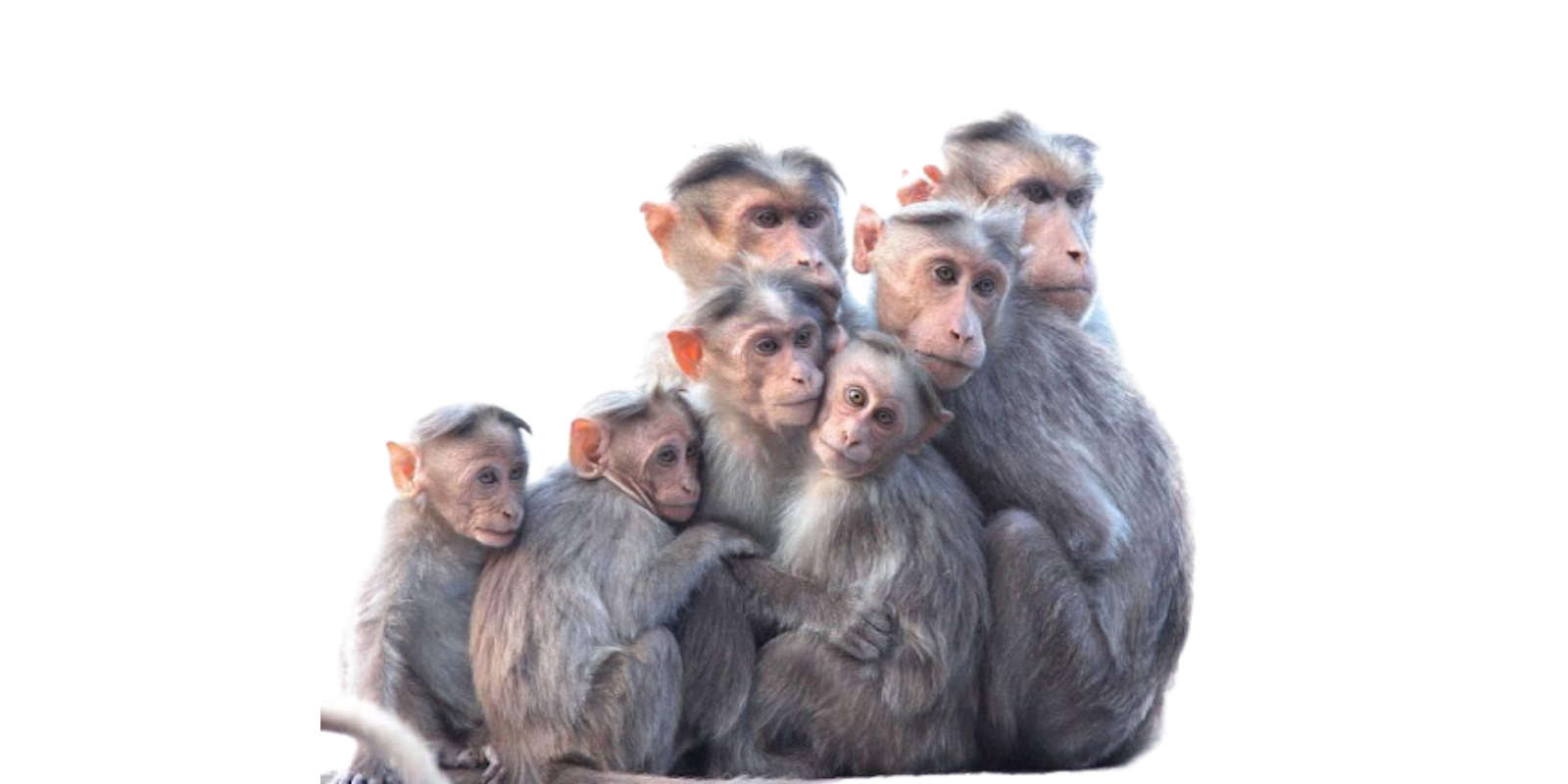
Birding the Andamans
Feb 14th-19th 2011
By John van der Dol
After concluding the South India tour Jim and I said goodbye to the group at Cochin International Airport while we set off to the domestic terminal for our flight to Chennai. We spent one night here and flew to Port Blair on the morning of the 14th.
We were met by our guide Vikram for the next six days and after settling into the hotel in Port Blair we immediately set off to do some birding. We spent two nights on South Andaman Island, followed by two on Havelock Island, and the final two back in Port Blair.
Six nights is plenty of time to clean up on the endemics. We missed just one, the Andaman Cuckoo-Dove, and although we heard it three times and stood in the forest very close by, we were unable to find it before it flew off unnoticed.
Below is the list of birds recorded during our stay. There are a number of recent taxonomic changes and we have used the Rasmussen classification throughout. Rasmussen and Anderton, Birds of South Asia- The Ripley Guide, Smithsonian Institution 2005. Andaman endemics in bold type.
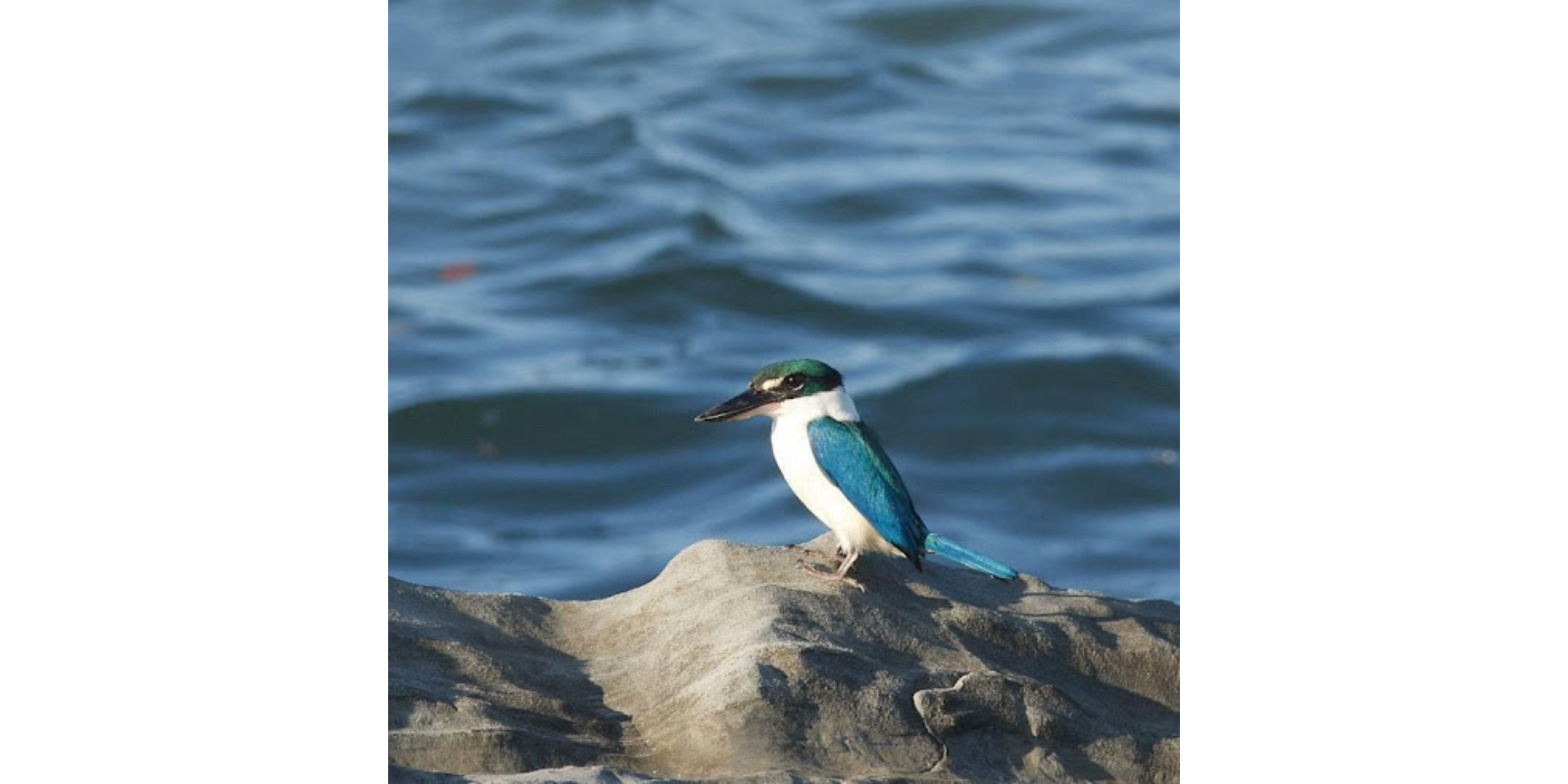
- Lesser Whistling Duck Dendrocygna javanica About 150.
- Sunda Teal Anas gibberifrons About 200
- Yellow Bittern Ixobrychus sinensis Three birds
- ***Black Bittern Dupetor flavicollis One bird seen on South Andamans may be the first definite record for the Islands.***
- Striated Heron Butorides striata Four birds
- Indian Pond Heron Ardeola grayii
- Eastern Cattle Egret Bubulcus commands
- Grey Heron Ardea cinerea
- Purple Heron Ardea purpurea
- Great Egret Egretta alba
- Intermediate Egret Egretta intermedia
- Little Egret Egretta gazetta
- Pacific Reef-heron Egretta sacra Two birds
- Brahminy Kite Haliastur indus
- White-bellied Sea Eagle Haliaeetus leucogaster Common
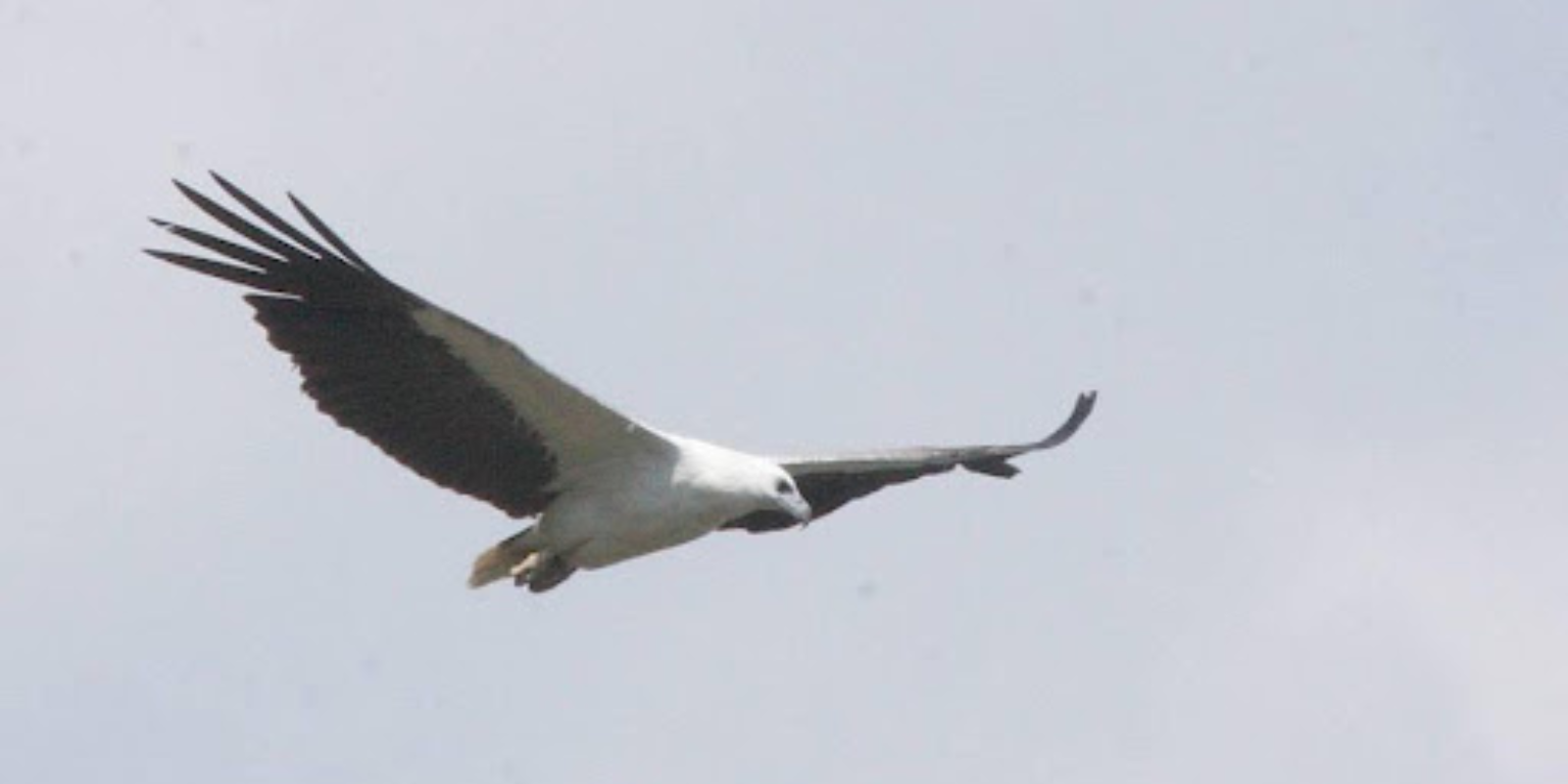
- Andaman Serpent Eagle Spilornis elgini Common
- Changeable Hawk Eagle Spizaetus limnaeetus A single bird
- Andaman Crake Rallina canningi Several heard, two seen.
- Slaty-breasted Rail Gallirallus striatus One seen
- White-breasted Waterhen Amaurornis phoenicurus
- Purple Swamphen Porphyrio porphyrio
- Common Moorhen Gallinula chloropus
- Pacific Golden Plover Pluvialis fulva
- Greater Sand Plover Charadrius leschenaultii
- Pintail Snipe Gallinago stenura
- Common Snipe Gallinago gallinago
- Whimbrel Numenius phaeopus
- Eurasian Curlew Numenius arquata orientalis Much longer billed and heavier streaking all over than nominate race. Two seen.
- Common Redshank Tringa totanus
- Common Greenshank Tringa nebularia
- Wood Sandpiper Tringa glareola
- Common Sandpiper Actitis hypoleucos
- Red-necked Stint Calidris ruficollis About a dozen birds
- Long-toed Stint Calidris subminuta Ten birds
- Black-naped Tern Sterna sumatrana Nine birds between South Andaman and Havlock Islands
- Andaman Woodpigeon Columba palumboides Two on two occasions
- Red Turtle Dove Streptopelia tranquebarica
- Andaman Cuckoo-Dove Macropygia rufipennis Heard only
- Emerald Dove Chalcophaps indica
- Pompadour Green Pigeon Treron pompadora
- Green Imperial Pigeon Ducula aenea Common
- Vernal Hanging Parrot Loriculus vernalis
- Alexandrine Parakeet Psittacula eupatria
- Red-breasted Parakeet Psittacula alexandri
- Long-tailed Parakeet Psittacula longicauda Fairly common
- Indian Cuckoo Cuculus micropterus Heard only
- Asian Koel Eudymamys scolopaceus
- Andaman Coucal Centropus (sinensis) andamanensis Potential split
- Andaman Barn Owl Tyto deroepstorffi A pair in Port Blair
- Andaman Scops Owl Otus balli A single on Mount Harriet with another one or two heard.
- Oriental Scops Owl Otus sunia One seen and photographed and another two heard
- Andaman Hawk Owl Ninox affinis Two on Havlock
- Hume’s Hawk Owl Ninox obscura Three and one on South Andaman and one on Havlock. A pair were watched mating in the torchlight.
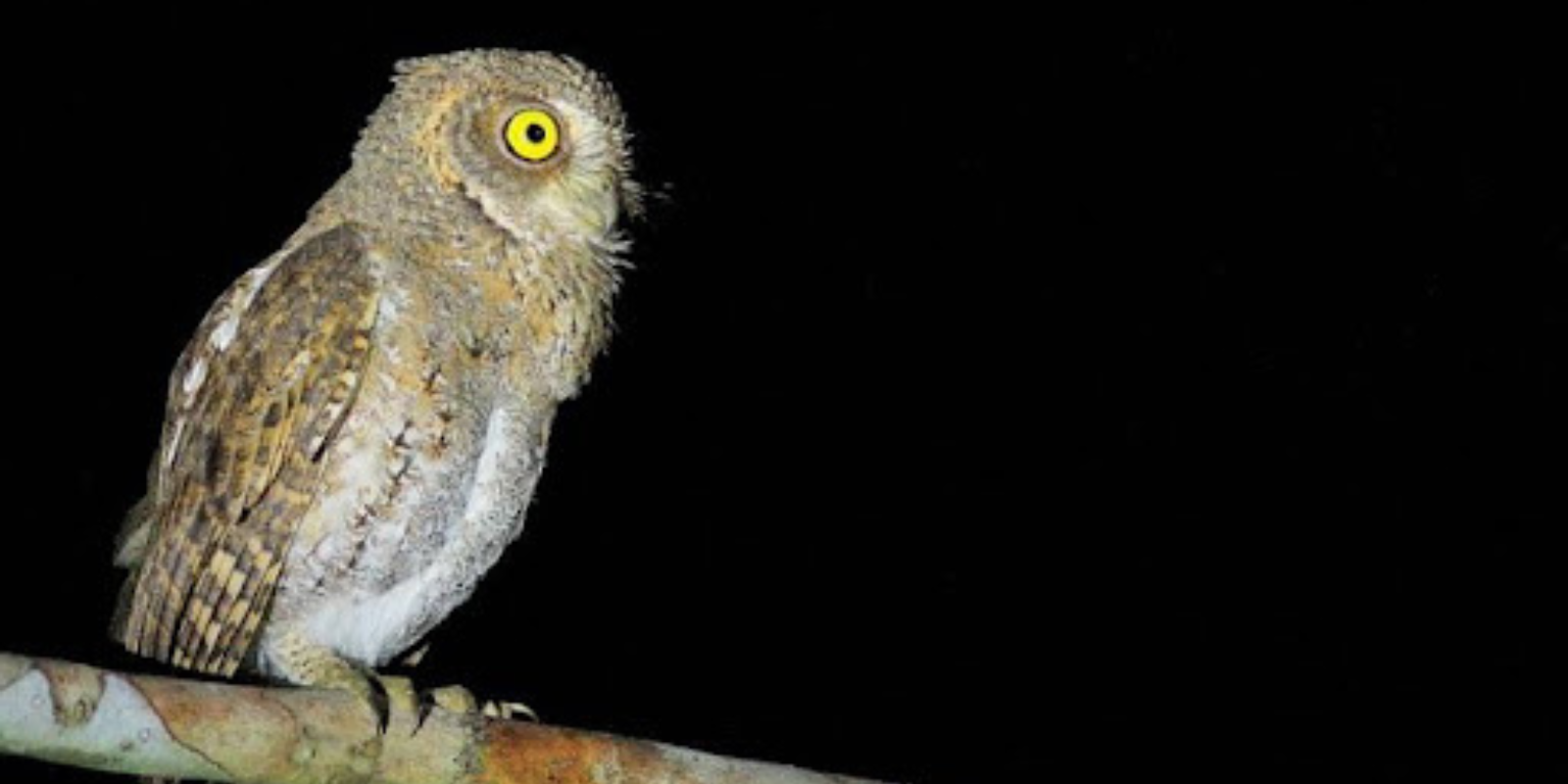
- Andaman Nightjar Caprimulgus andamanicus Single seen and
- two more heard
- Glossy Swiftlet Collocalia esculenta Common
- Edible-nest Swiftlet Aerodramus fuciphagus Small numbers
- Brown-backed Needletail Hirundapus giganteus Seven on South Andaman
- ***White-rumped Needletail Hirundapus caudacutus. A flock of 40 on South Andaman and a further 12 may well be a new species for the Andamans.***
- Dollarbird Eurystomus orientalis
- Stork-billed Kingfisher Pelargopsis capensis Two birds
- Ruddy Kingfisher Halcyon coromanda Heard only from the mangroves.
- White-throated Kingfisher Halcyon smyrnensis
- Collared Kingfisher Todiramphus chloris Fairly common, coastal
- Common Kingfisher Alcedo atthis
- Blue-tailed Bee-eater Merops philippinus
- Chestnut-headed Bee-eater Merops leschenaulti
- Spot-breasted Pied Woodpecker Dendrocopos analis Two on two dates
- Andaman Woodpecker Dryocopus hodgei Common
- White-breasted Woodswallow Artamus leucorynchus Four seen
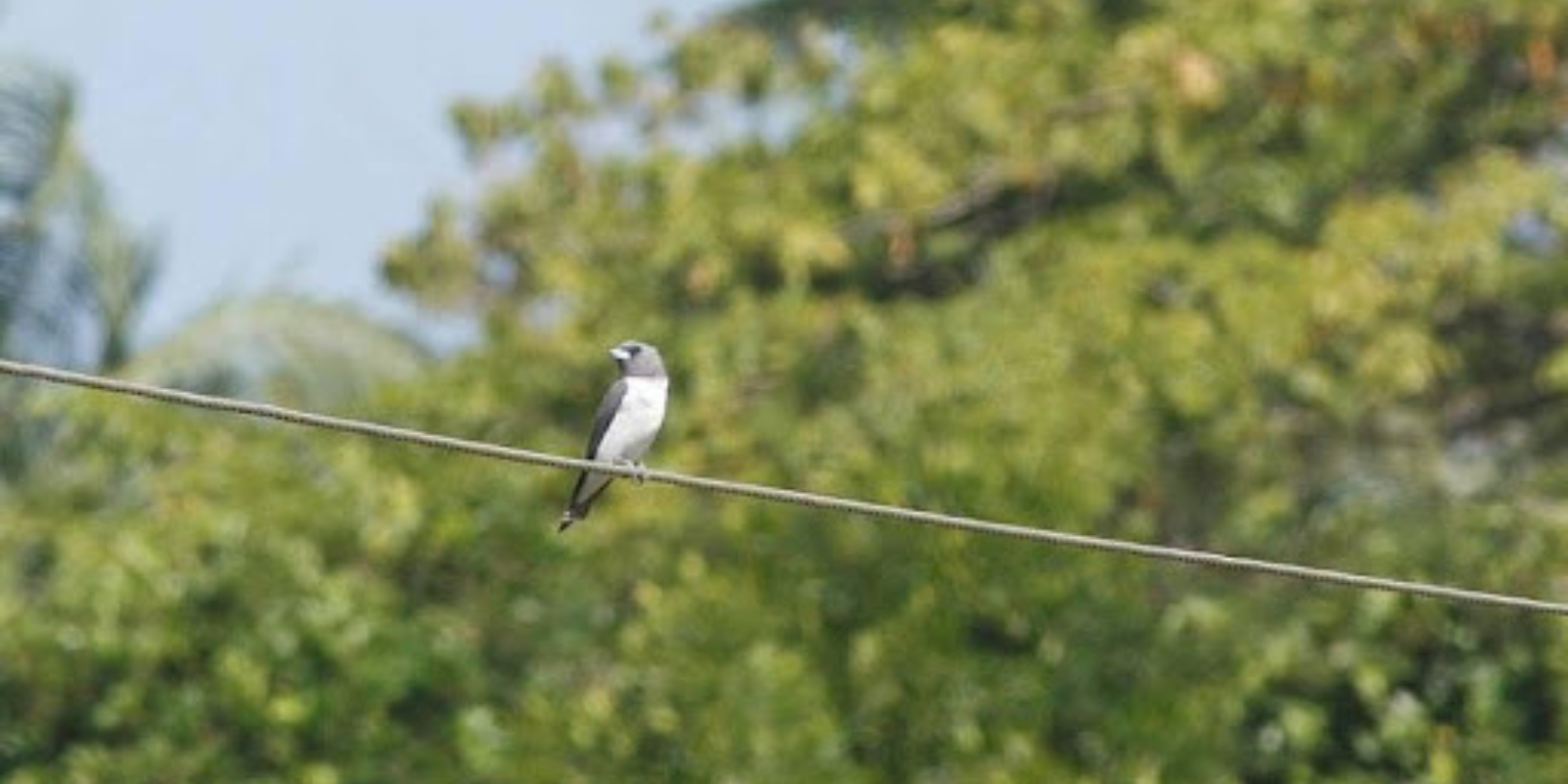
- Andaman Cuckoo-shrike Coracina dobsoni Two seen
- Small Minivet Pericrocotus cinnamomeus
- Scarlet Minivet Pericrocotus flammeus
- Mangrove Whistler Pachycephala cinerea Common but skulky
- Brown Shrike Lanius cristatus Common winter visitor
- Black-naped Oriole Oriolus chinensis
- Andaman Drongo Dicrurus andamanensis Common
- Greater Racket-tailed Drongo Dicrurus paradiseus
- Black-naped Monarch Hypothymis azurea
- Andaman Treepie Dendrocitta bayleyi Four and six on two dates
- Eastern Jungle Crow Corvus (macrorhynchos ) levaillantii
- House Swallow Hirundo tahitica
- Andaman Bulbul Pycnonotus atriceps Three and four seen on two dates
- Red-whiskered Bulbul Pycnonotus jocosus
- Indian Reed Warbler Acrocephalus stentoreus
- Asian Fairy Bluebird Irena puella
- Asian Glossy Starling Aplonis panayensis Common
- Hill Myna Gracula religiosa
- Common Myna Acridotheres tristis
- Andaman White-headed Starling Sturnus erythropygia Fairly common
- Oriental Magpie Robin Copsychus saularis
- White-rumped Shama Copsychus malabaricus Heard only
- Asian Brown Flycatcher Muscicapa dauurica
- Andaman Flowerpecker Dicaeum virescens Three birds seen
- Olive-backed Sunbird Cinnyris jugularis
- House Sparrow Passer domesticus
- Forest Wagtail Dendronanthus indicus
- Yellow Wagtail Motacilla flava
MAMMALS
Fruitbat sp.
March 2011
